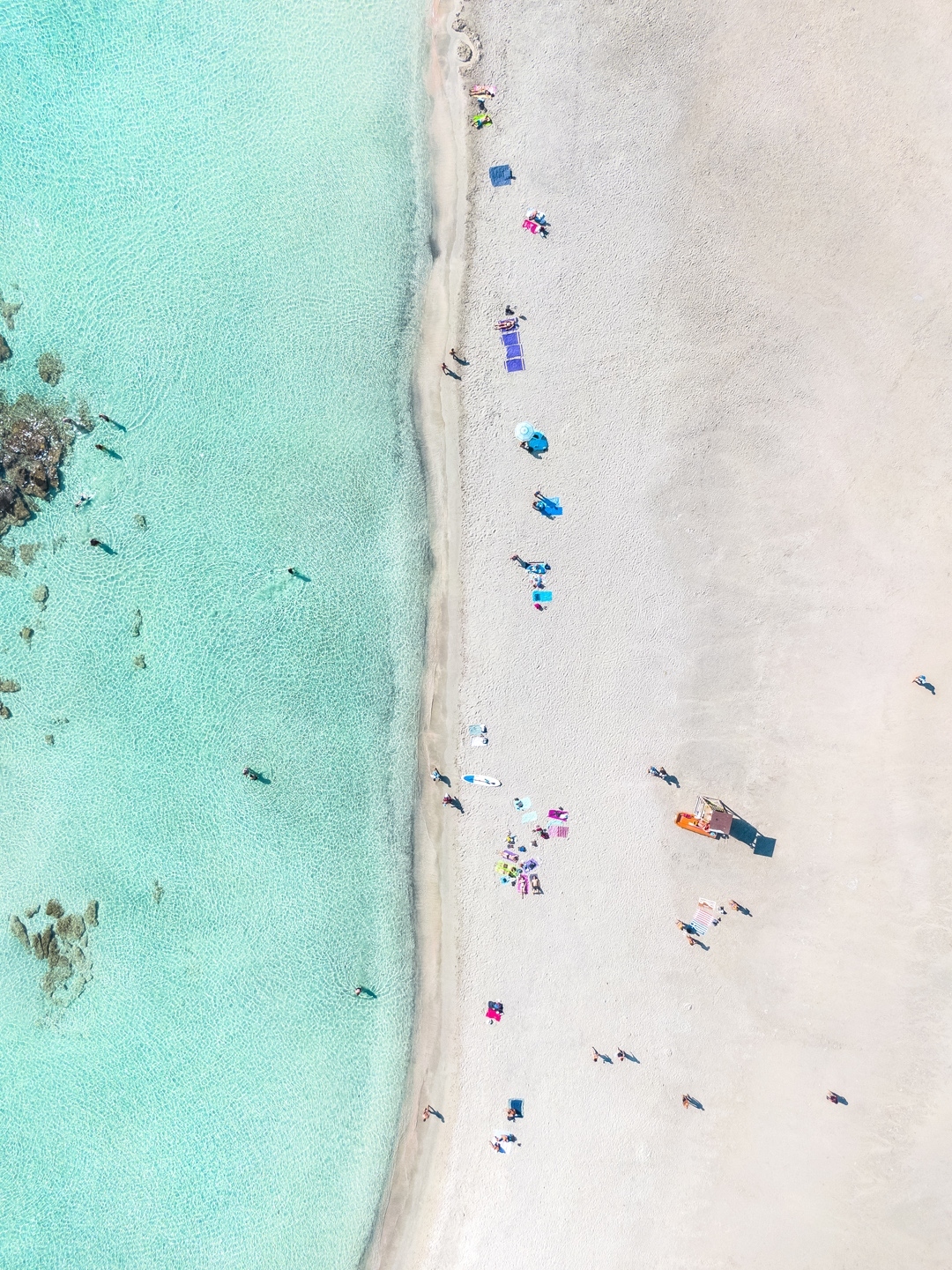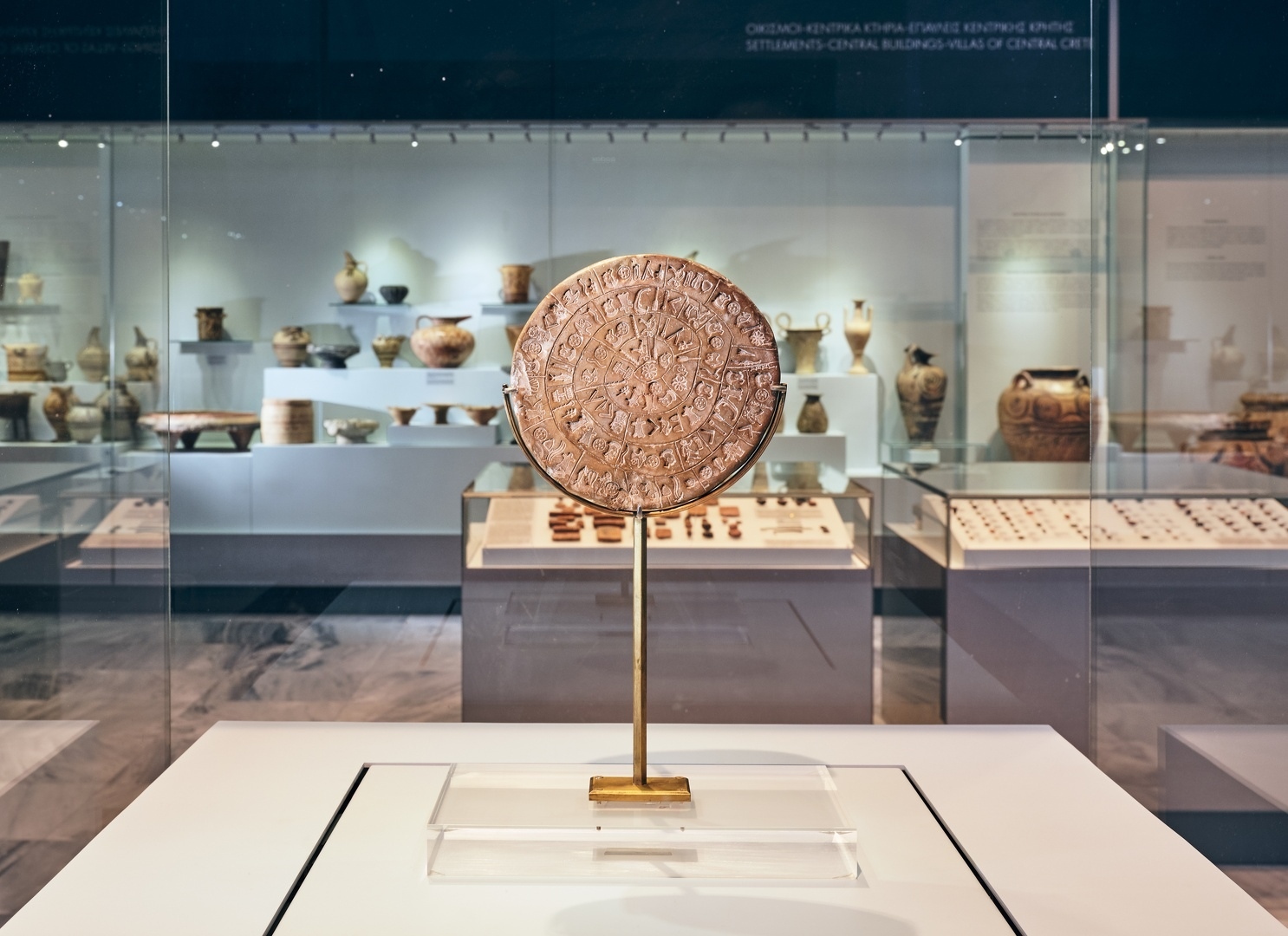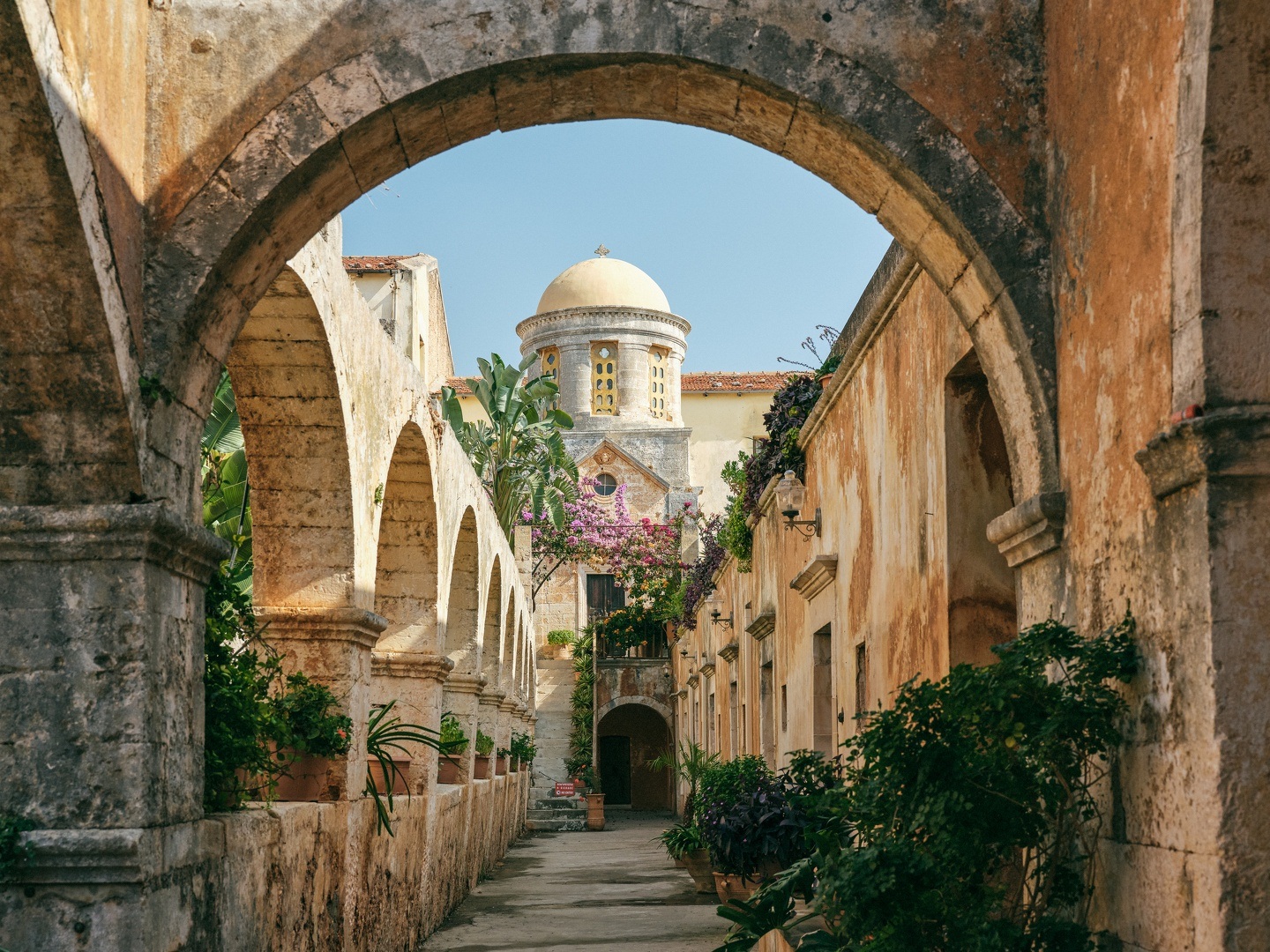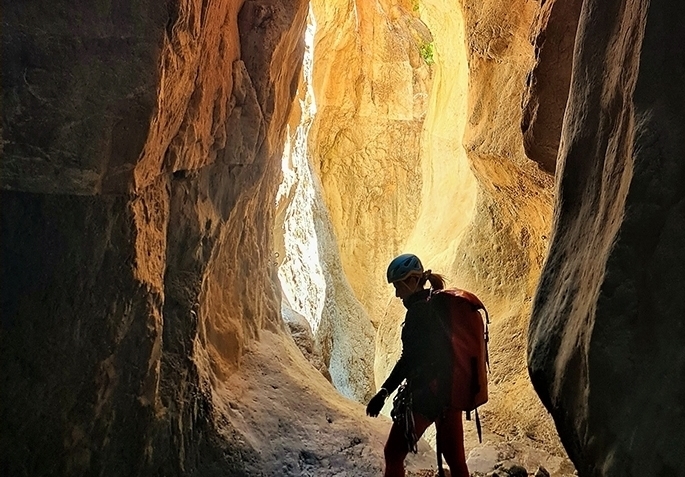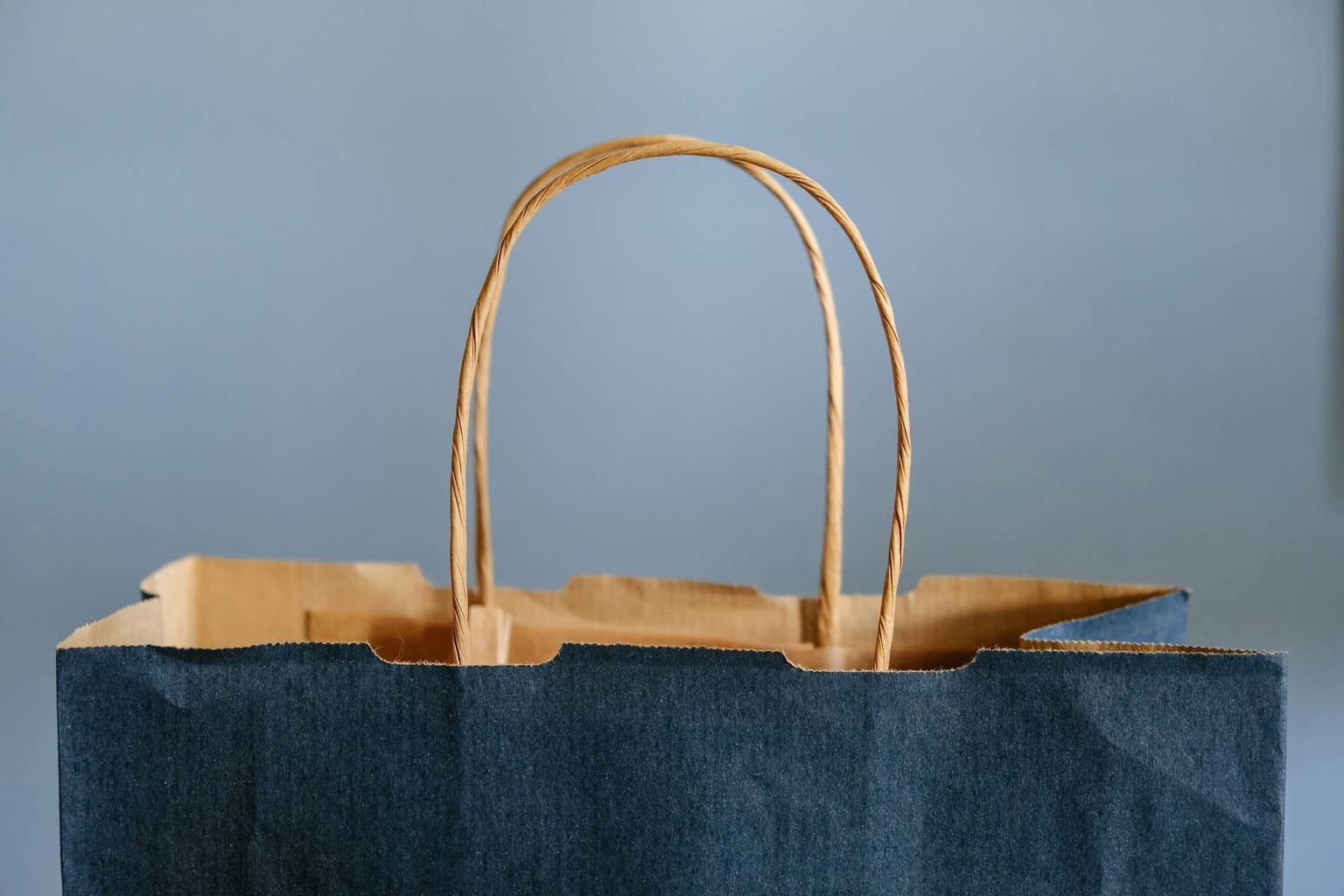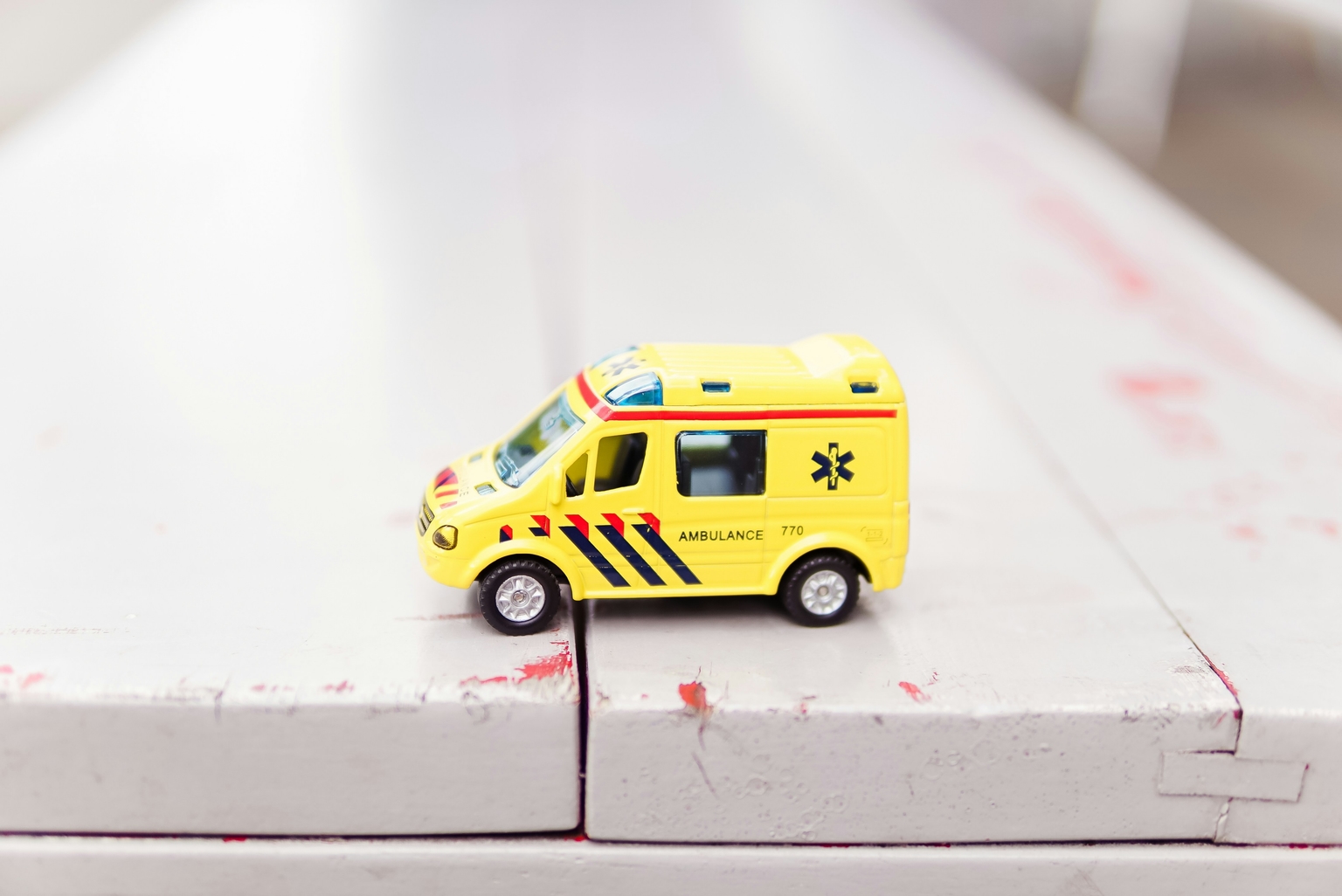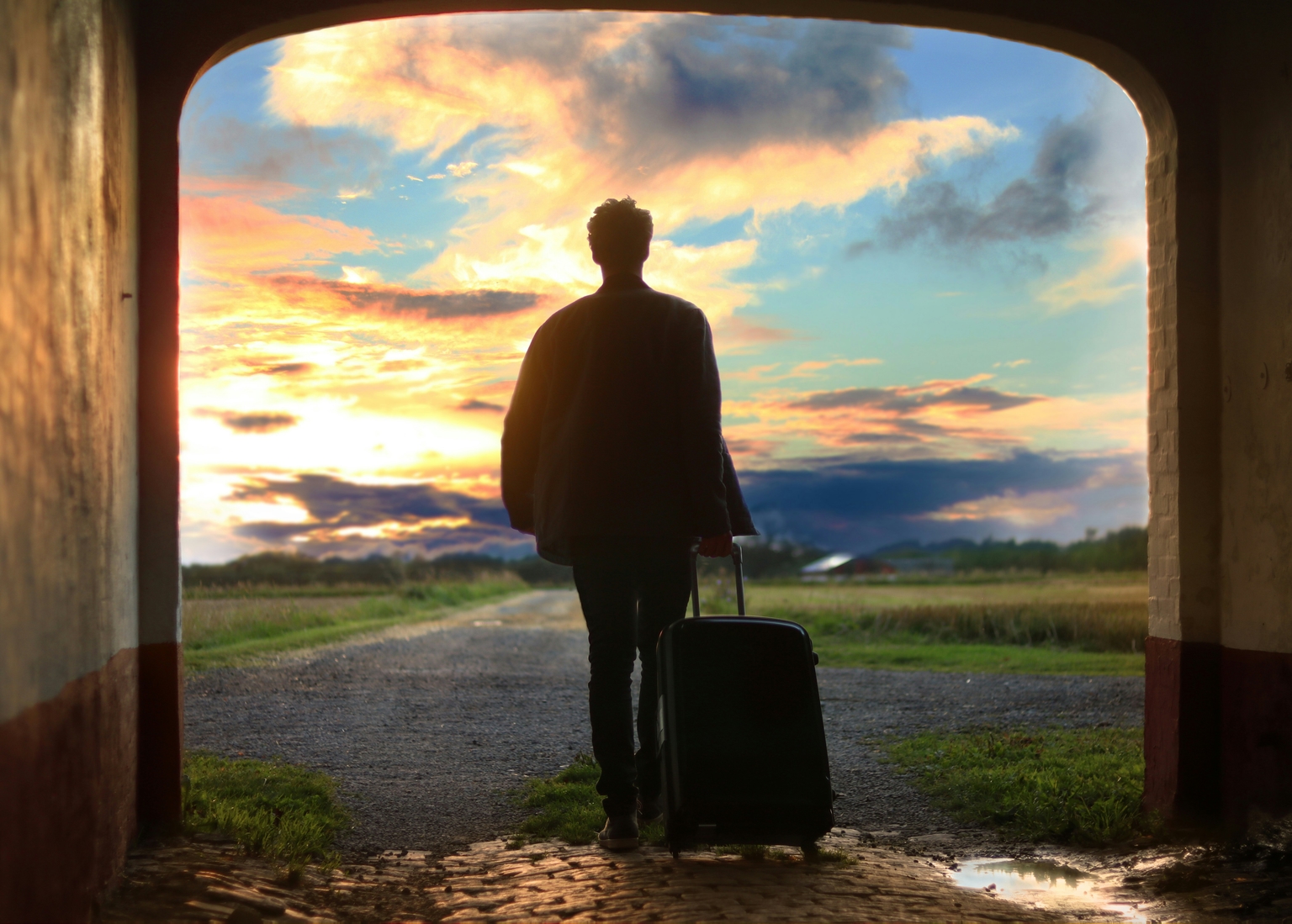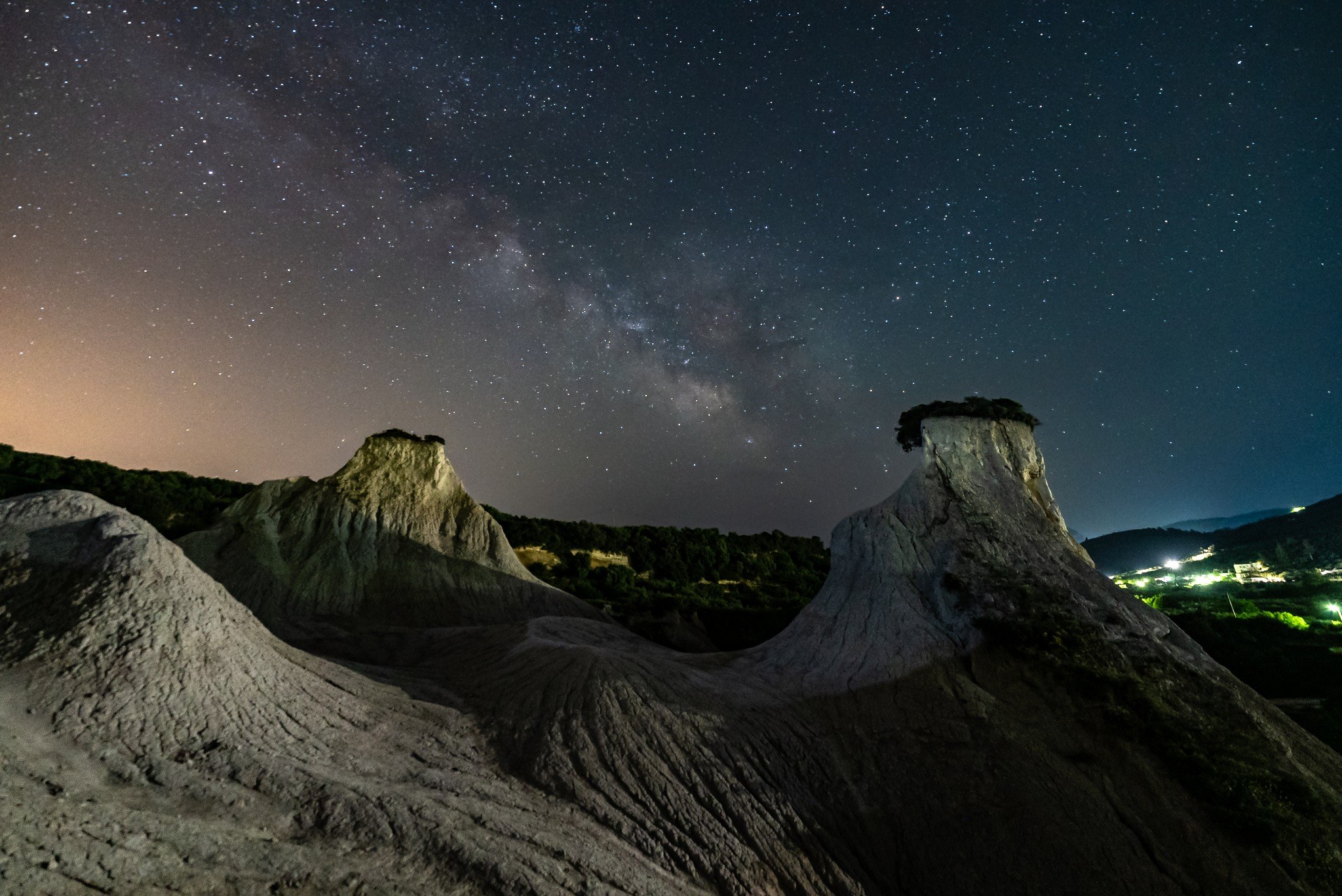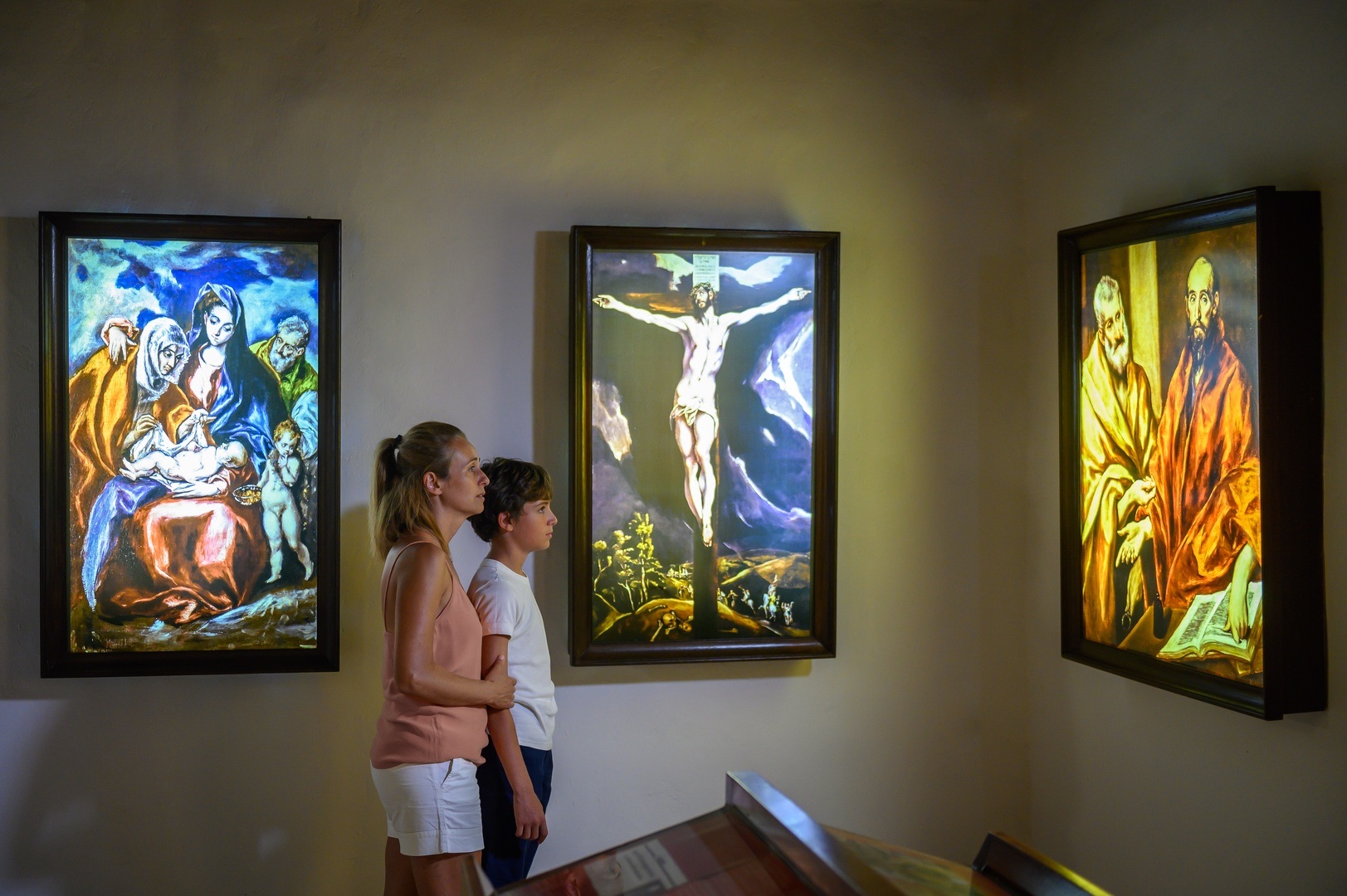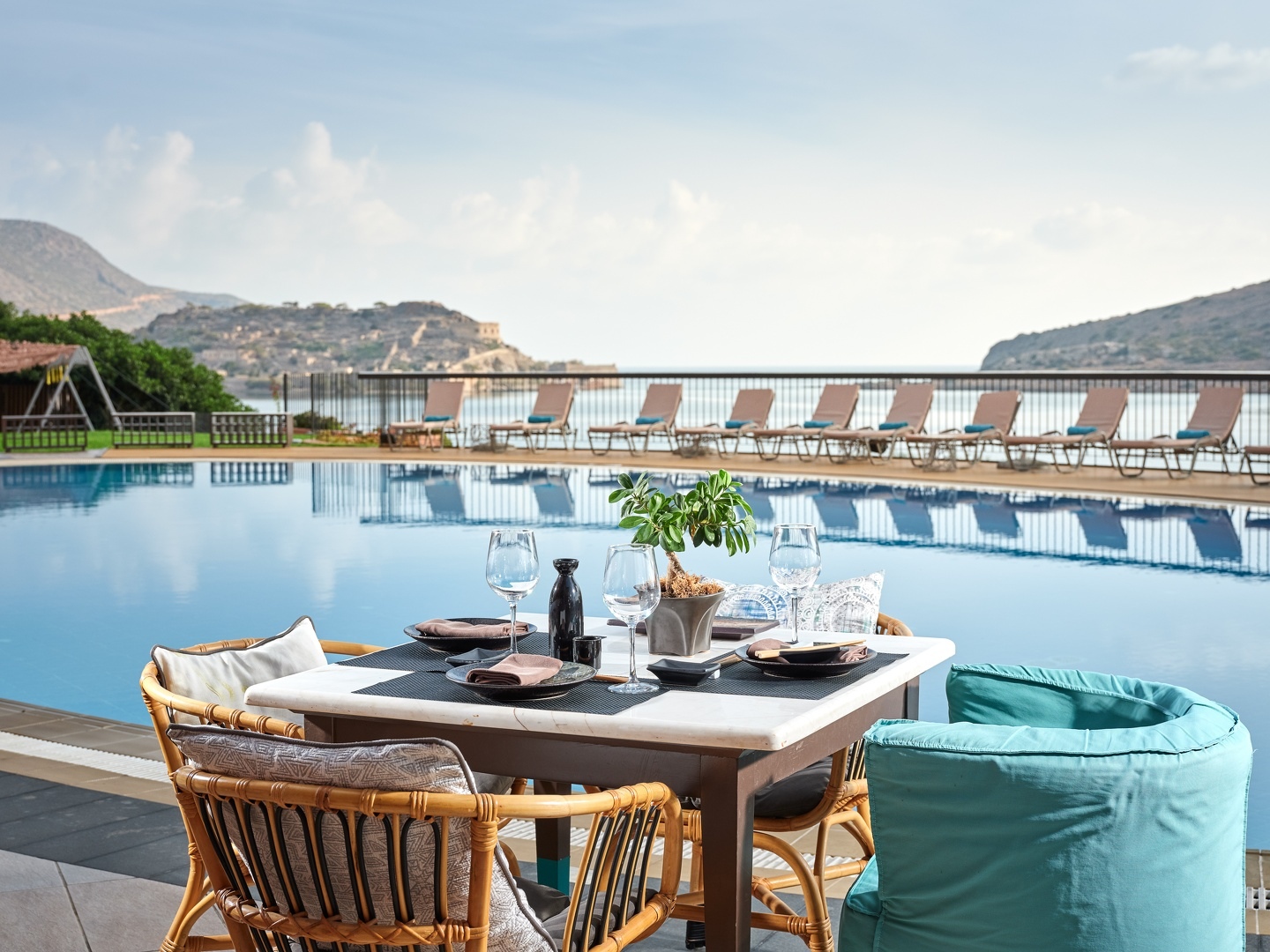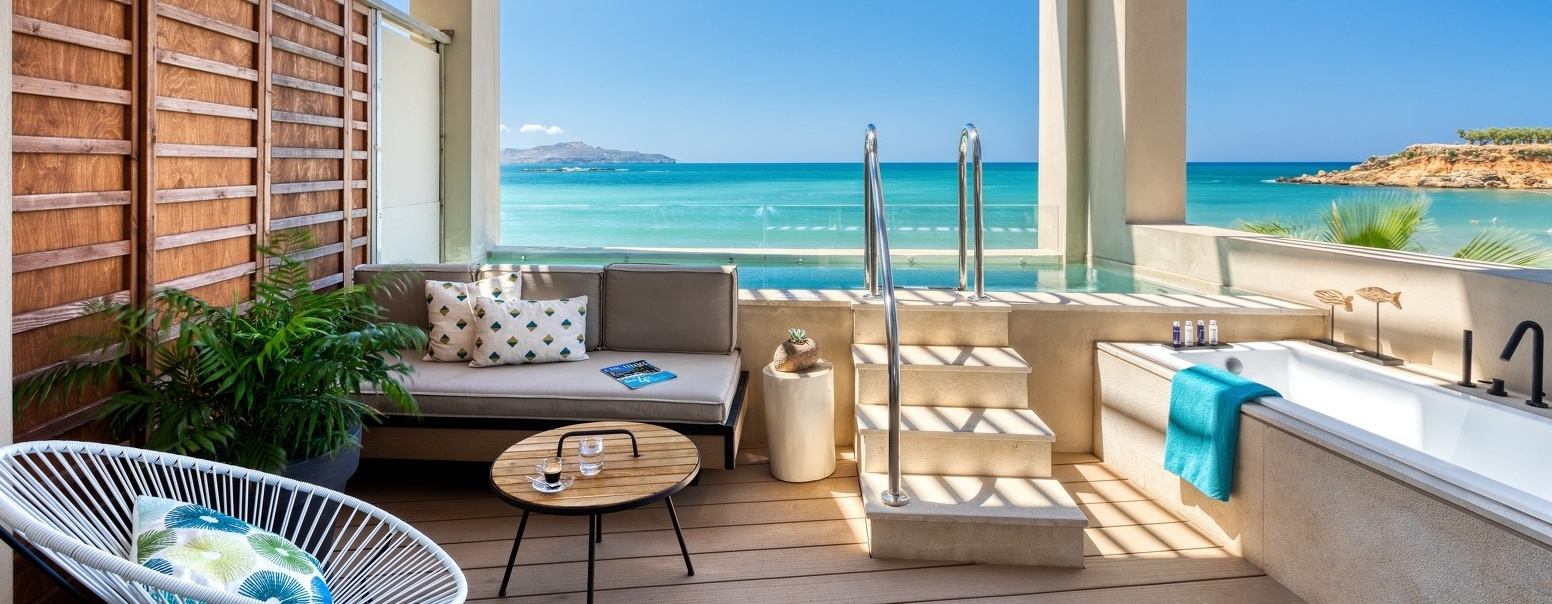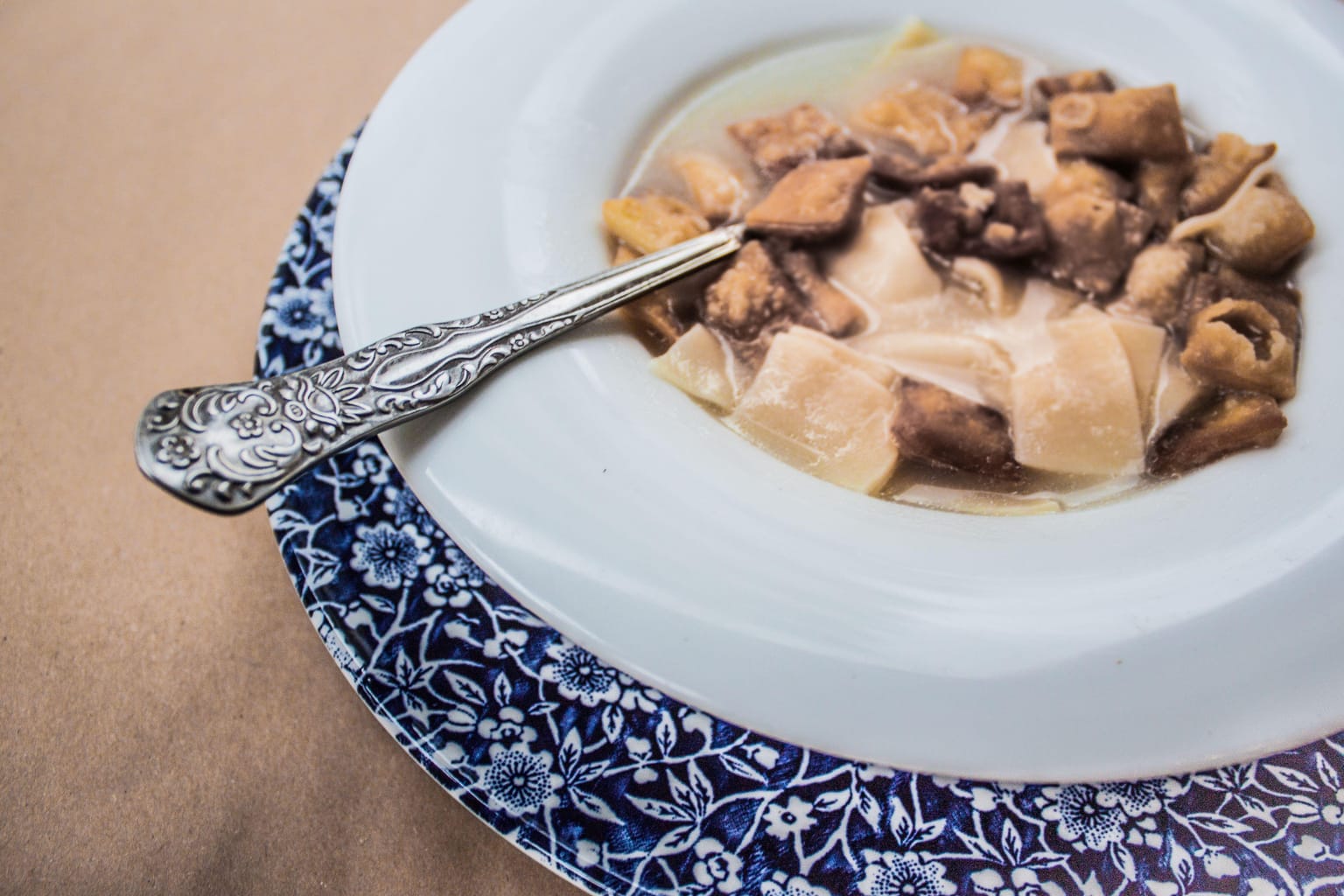
A recipe featuring simple ingredients!
The elderly held the belief that a nourishing soup known as ‘mangiri’ aided lactating mothers in producing more milk.
A dish made from humble ingredients, commonly found in every household, became a go-to solution for housewives aiming to nourish their families, especially during lean times and fasting periods. It was versatilely served: paired with fine cheese, anthotyro, or simply with a sprinkle of sugar and cinnamon. Elderly folks held the belief that the nourishing soup, known as ‘mangiri’, aided lactating mothers in producing more milk.
Ingredients for the dough:
- Flour (2 parts wheat and 1 part refined wheat flour)
- Water
- A pinch of salt
- A splash of olive oil
Other materials:
- Olive oil for frying
- Cheese or anthotyro cheese
Procedure:
Put the flour, salt, and oil in a bowl. Gradually add lukewarm water, mixing until the dough reaches the right consistency. Knead the dough, then let it rest for 30 minutes.
Take small portions of the dough and roll out thin sheets on a wooden surface lightly dusted with flour. Dust the phyllo sheet with flour and cut it into strips using a knife, then into small square pieces. Sprinkle flour over the small pieces to prevent sticking, and lay them out on a cloth to dry.
Put water with a pinch of salt and a dash of oil in a pot. Bring the water to a boil. Meanwhile, sift half of the dough pieces to remove excess flour. Once the water is boiling, add the sifted dough pieces to the pot and cook them. When the pasta floats to the surface of the water, it is cooked and ready to be served.
Heat olive oil in a pan over medium heat. Once the oil is hot, add the remaining dough pieces and fry them until golden brown. Once golden brown, transfer them (along with the olive oil) into the pot with the boiled pieces. Bring everything to a boil together. Serve the dish plain, or with cheese or anthotyro on the side.
Lena Igoumenaki
President of the Cretan Cuisine Festival Association
Cretan Cuisine Festival
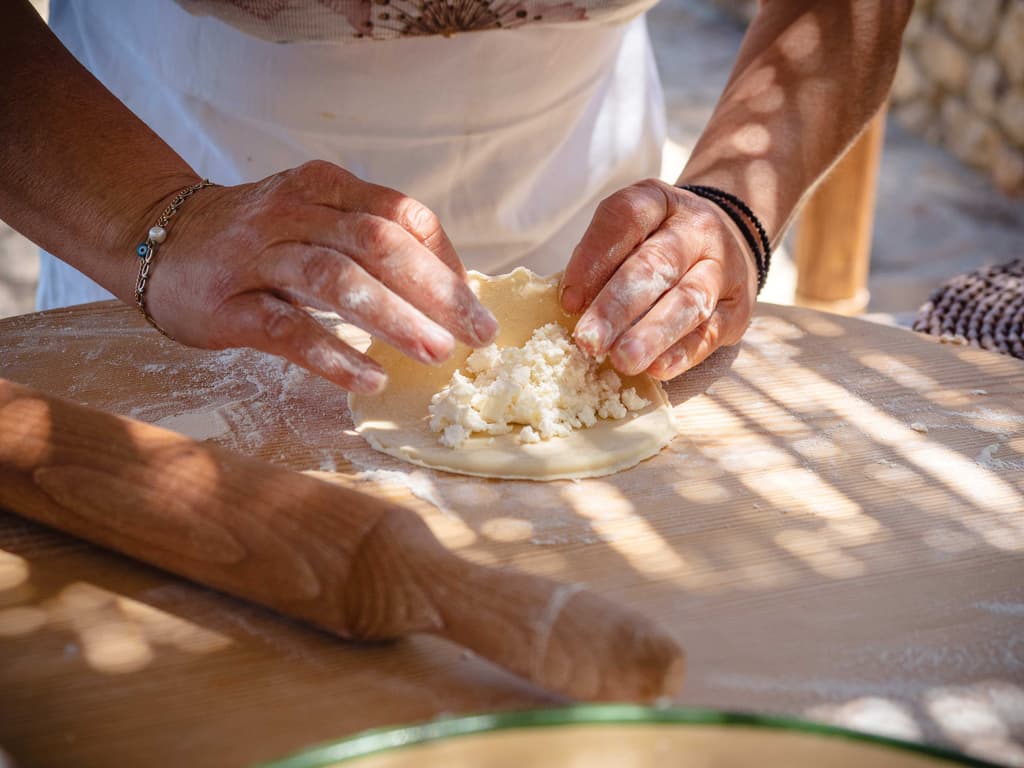
Mizithropites: Authentic Cretan Pies

Meat cake
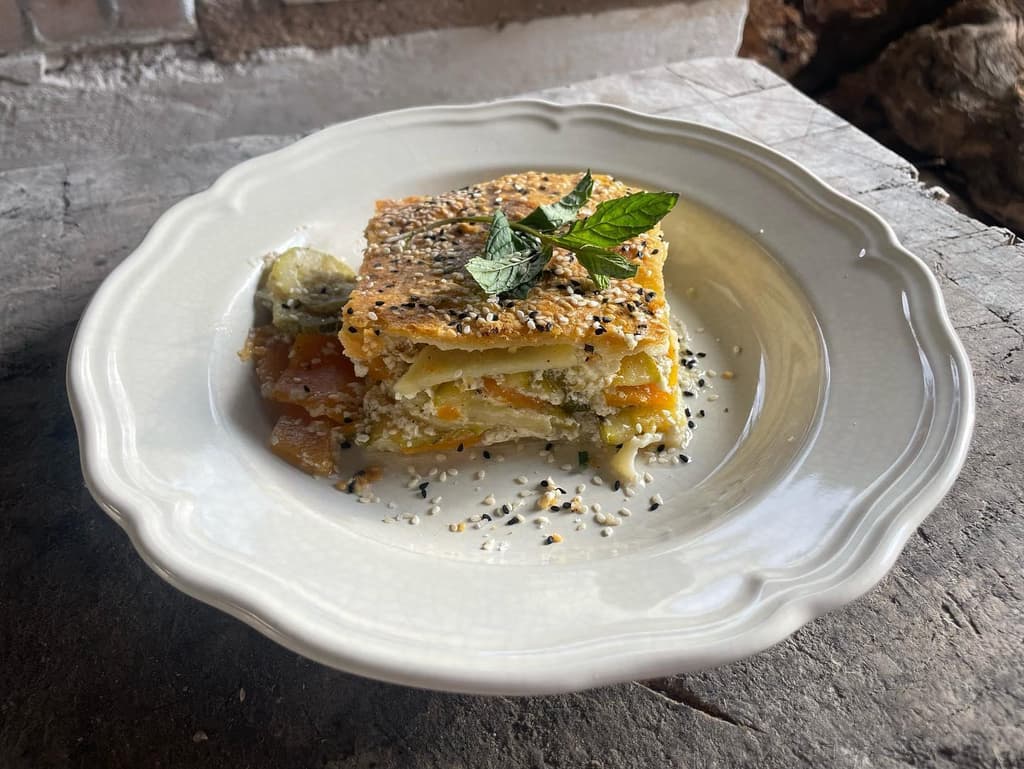
Chania Boureki or Courgette Boureki
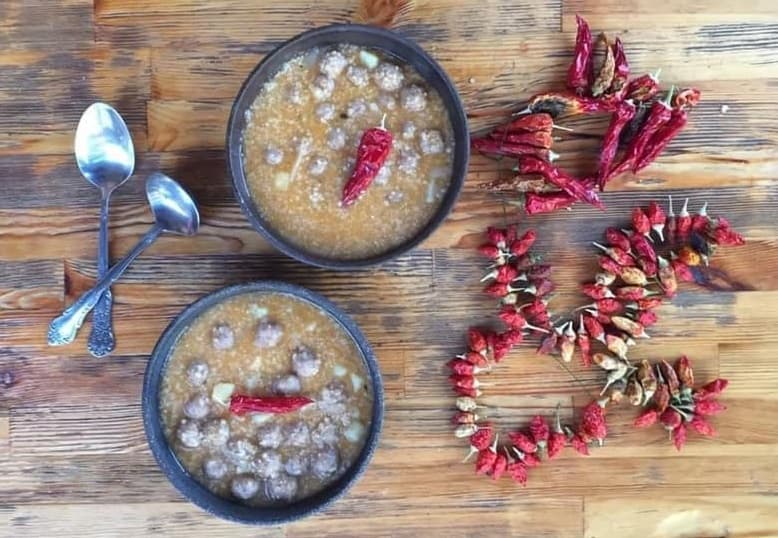
Topia (Balls)
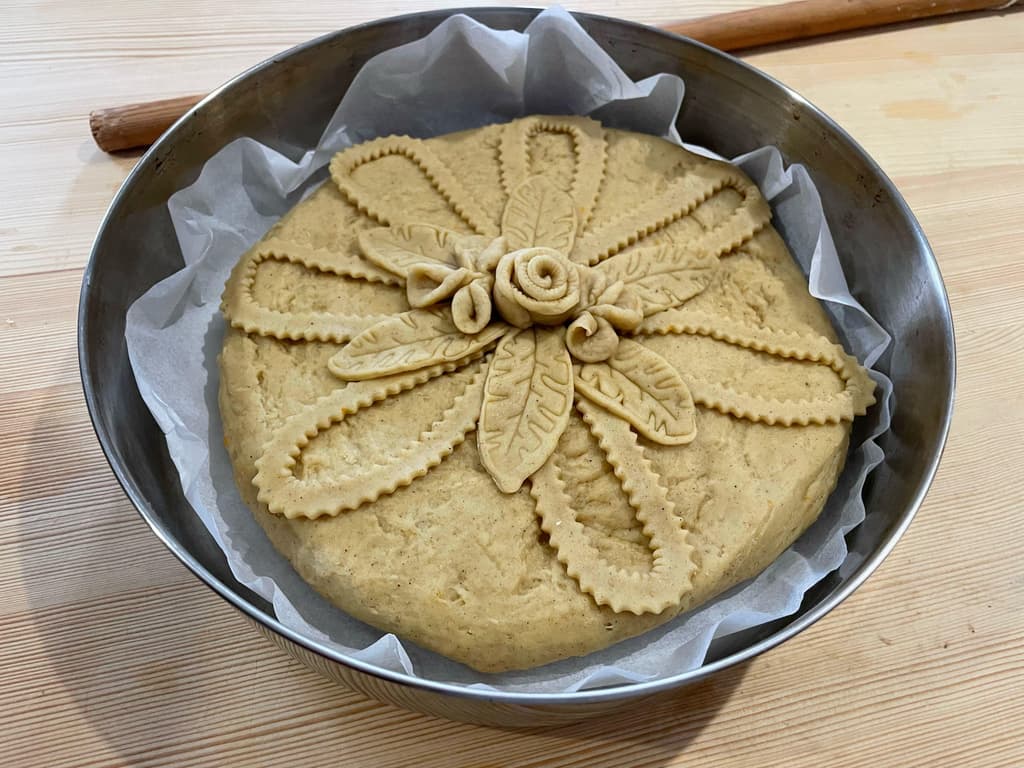
The Traditional 'Bread of the Year'
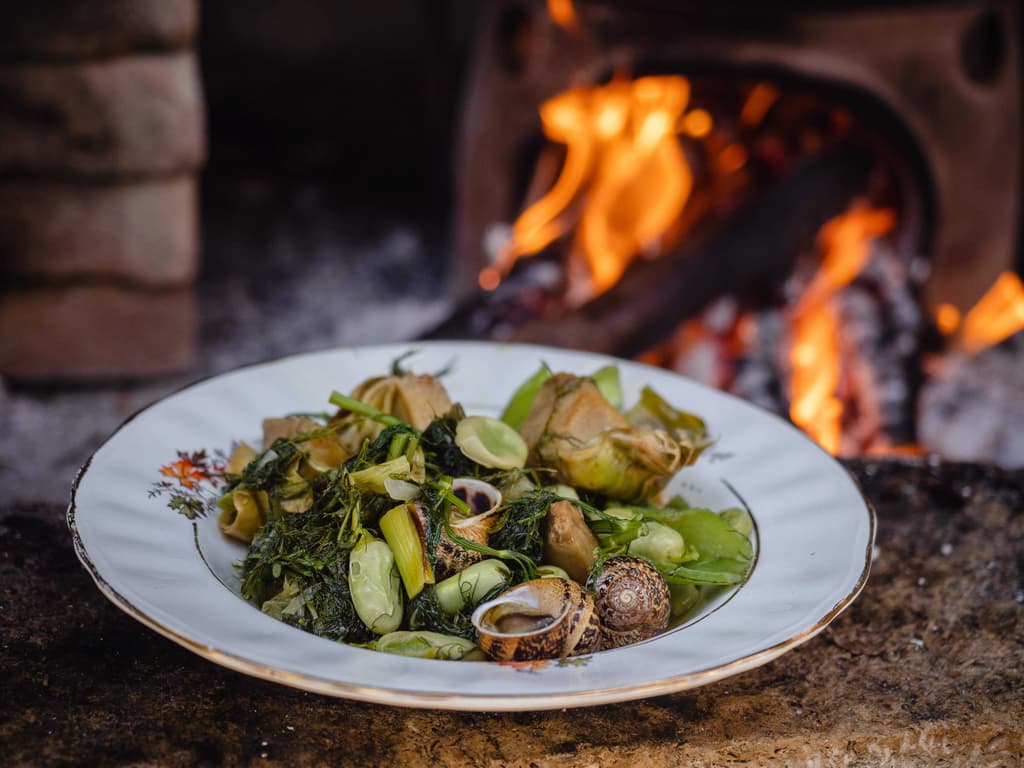
Snails with Broad Beans and Artichokes
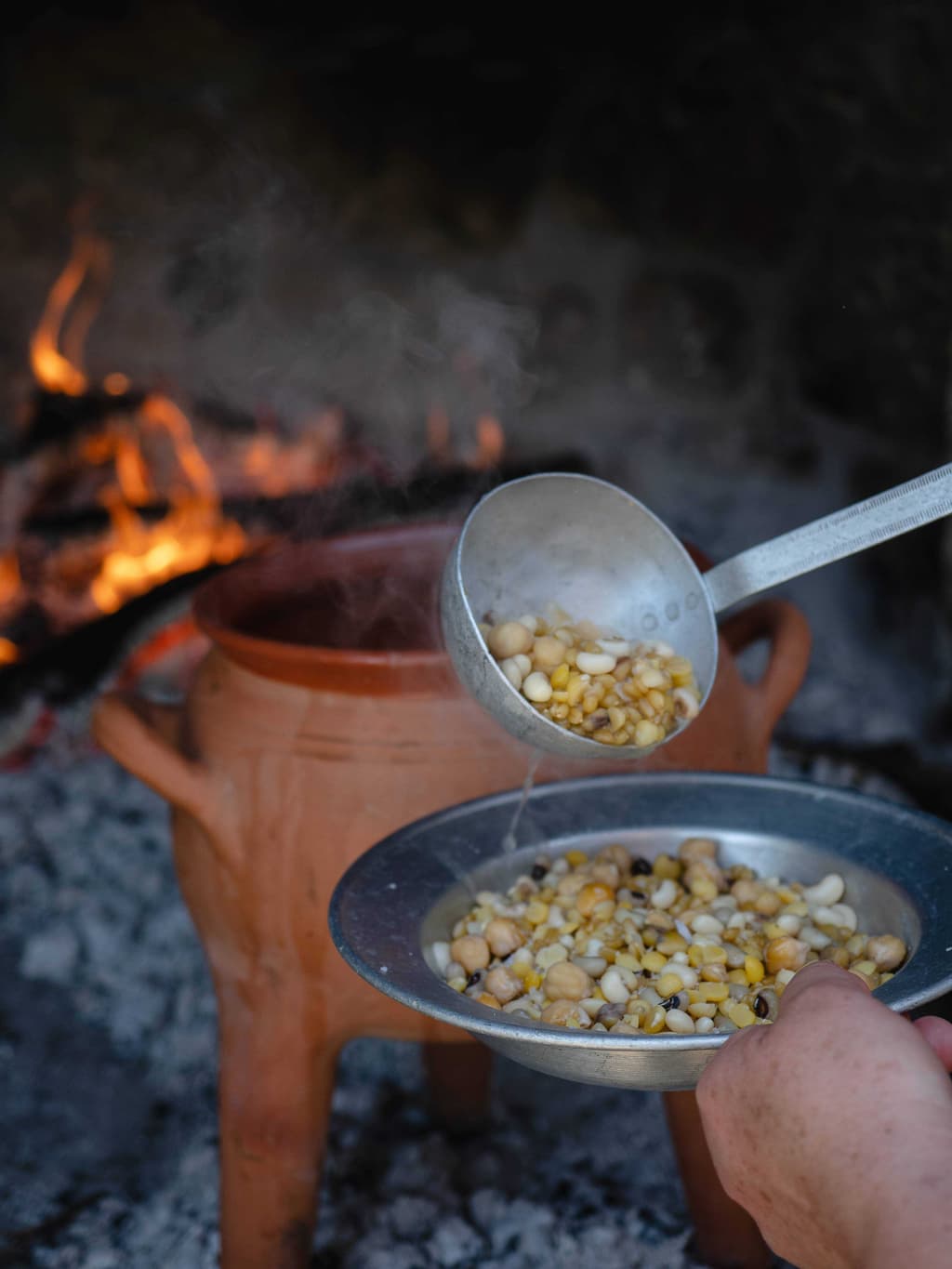
Cretan Ospriada or Palikaria (A Legume Dish)
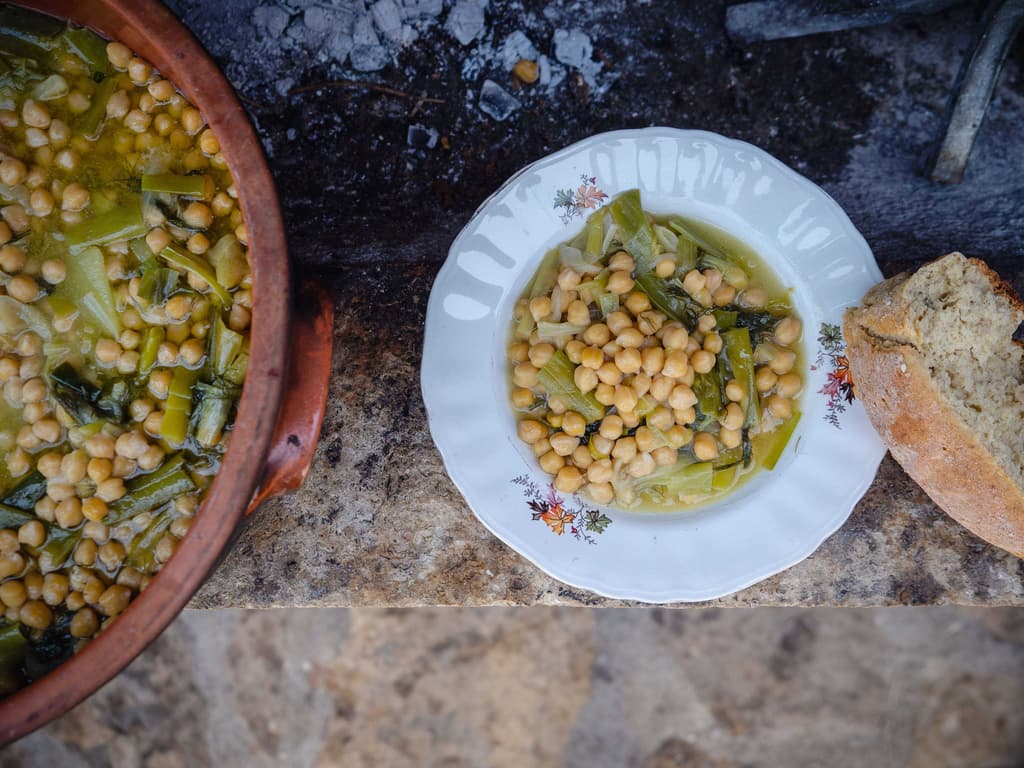
Chickpeas with Wild Leeks, Flour and Lemon Sauce
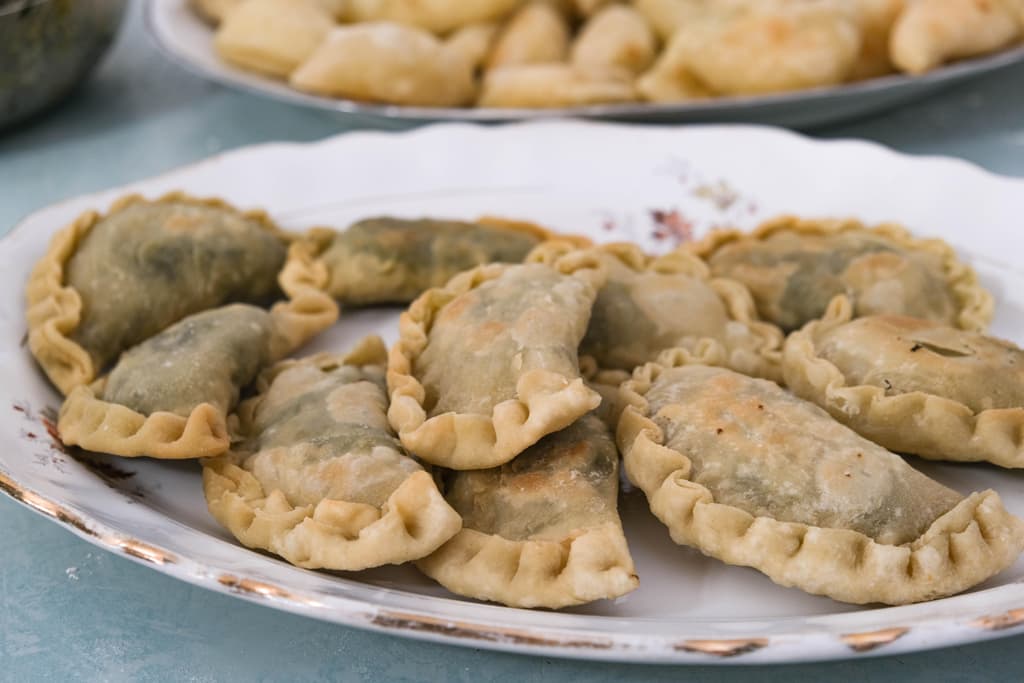
Pies with ‘Yachnera’ Greens
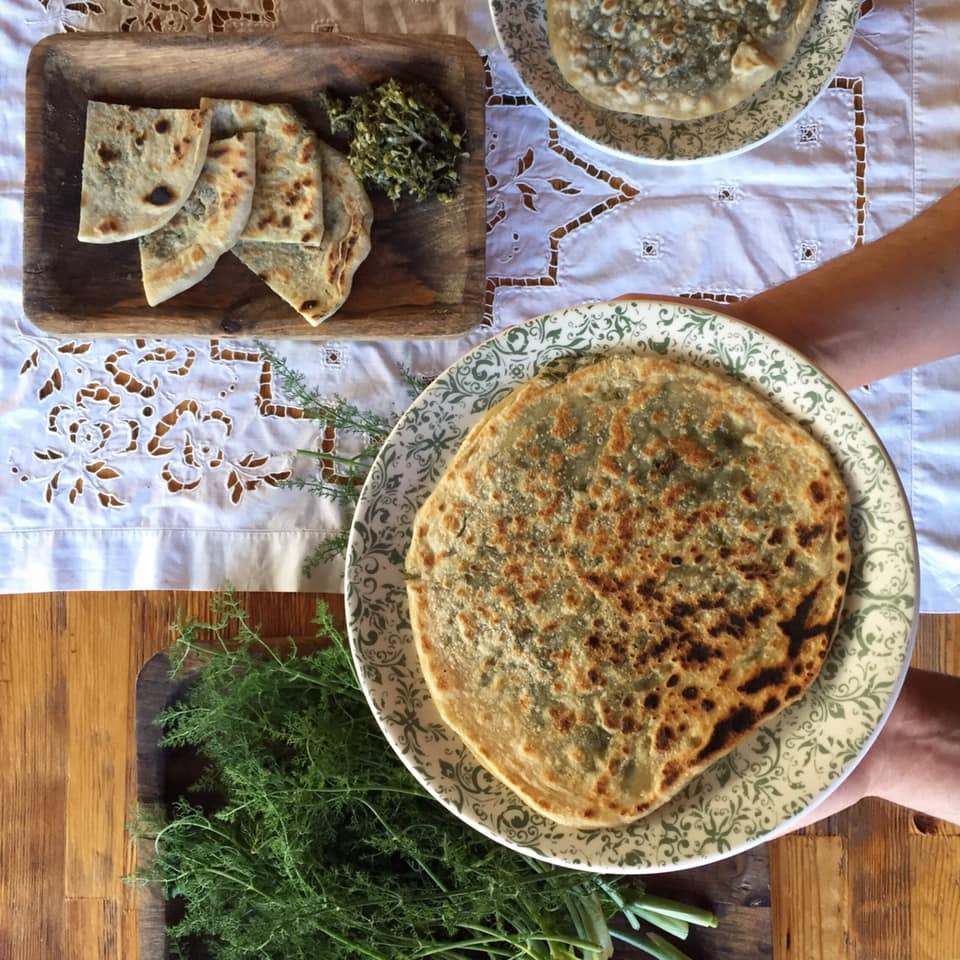
Fennel Pie

Sfakian Pie or Sfakianopita

Biscuits with Sesame Seeds

Sweet Rice Pie or 'Tzoulamas'
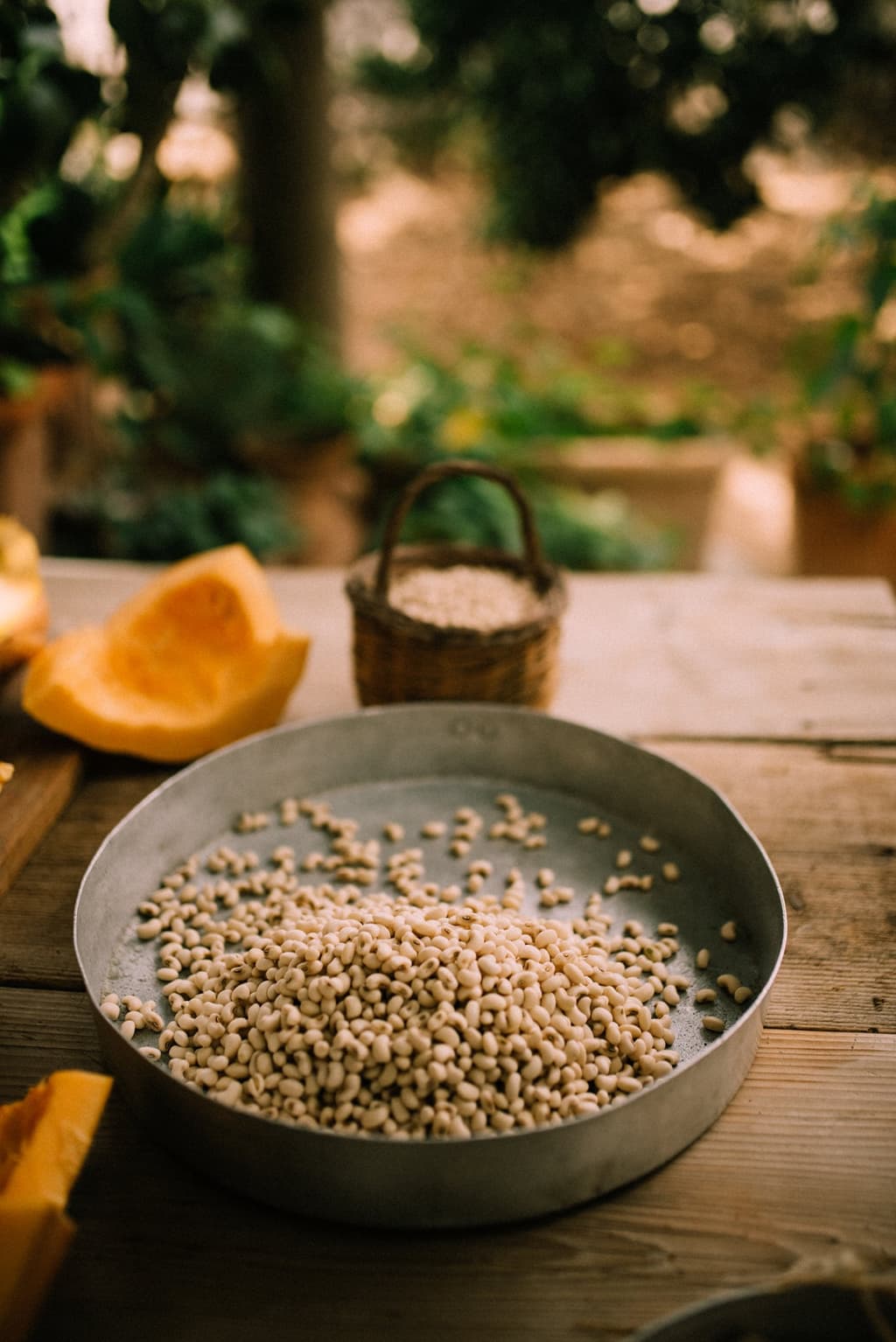
Apostoli White-Eyed Bean
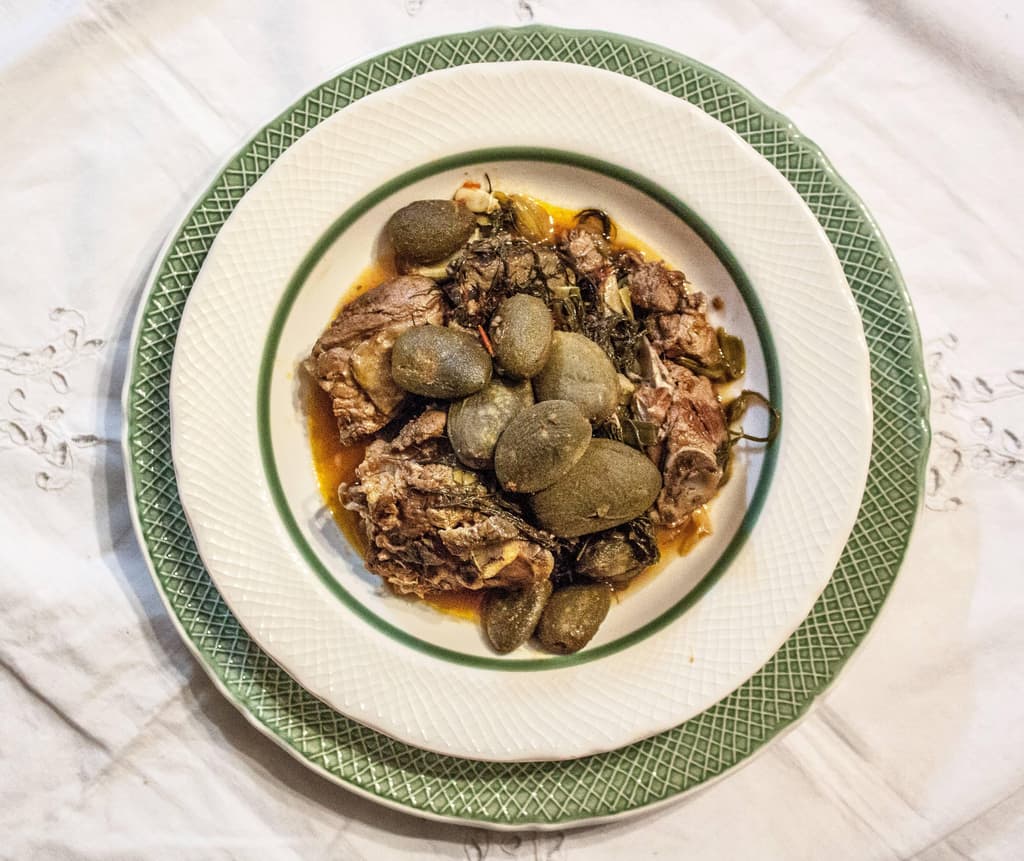
Almond-Infused Goat Dish with Fennel: A Fresh Delight
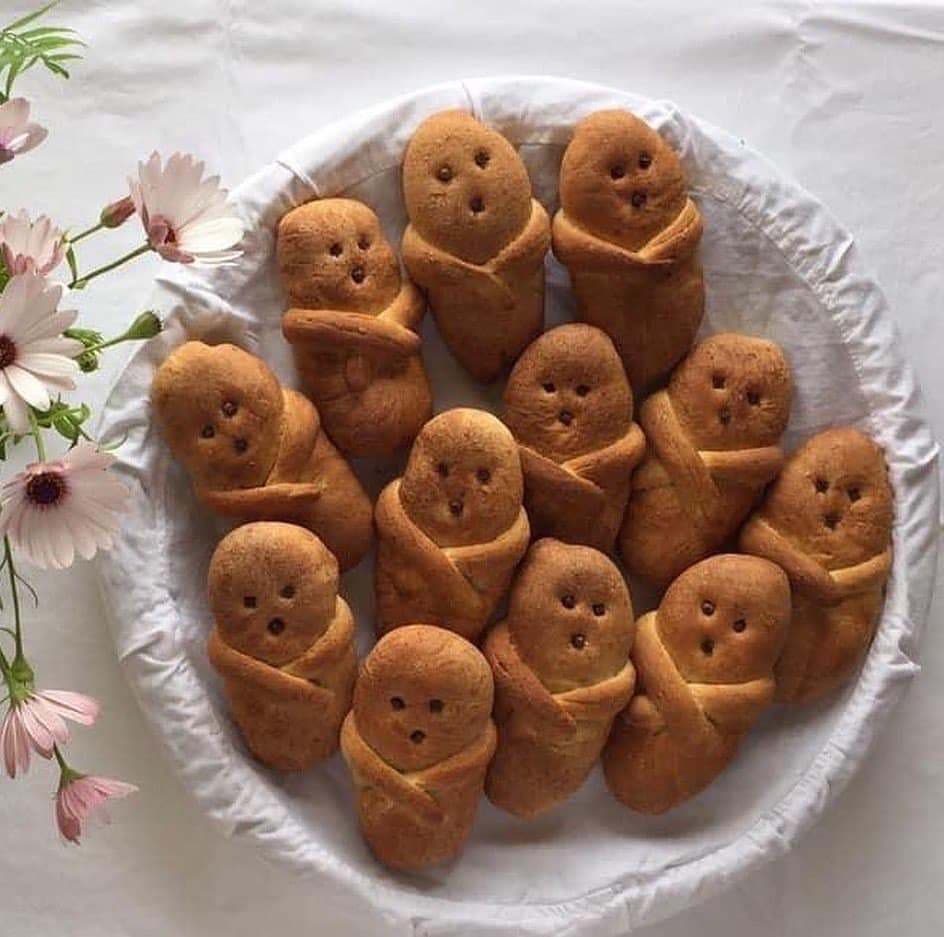
Lazarosavato
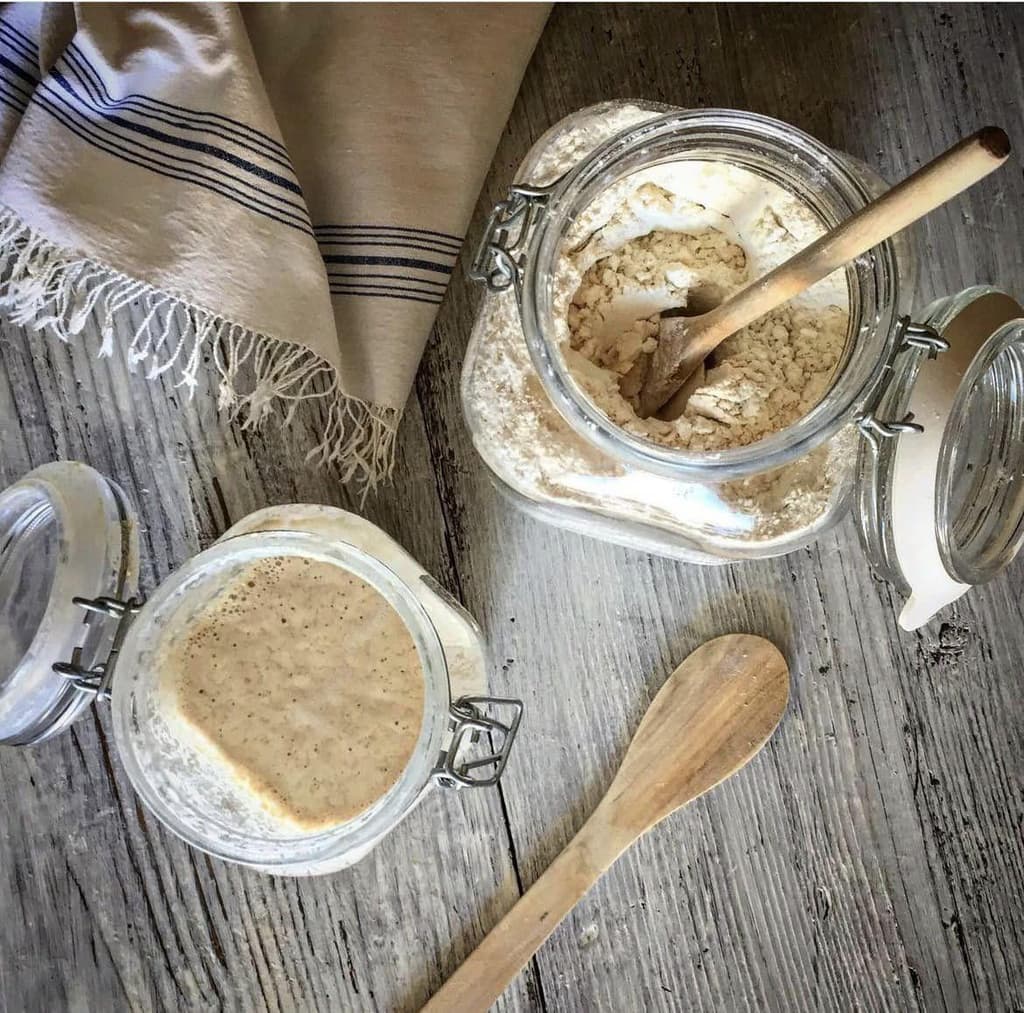
The Holy Week Sourdough
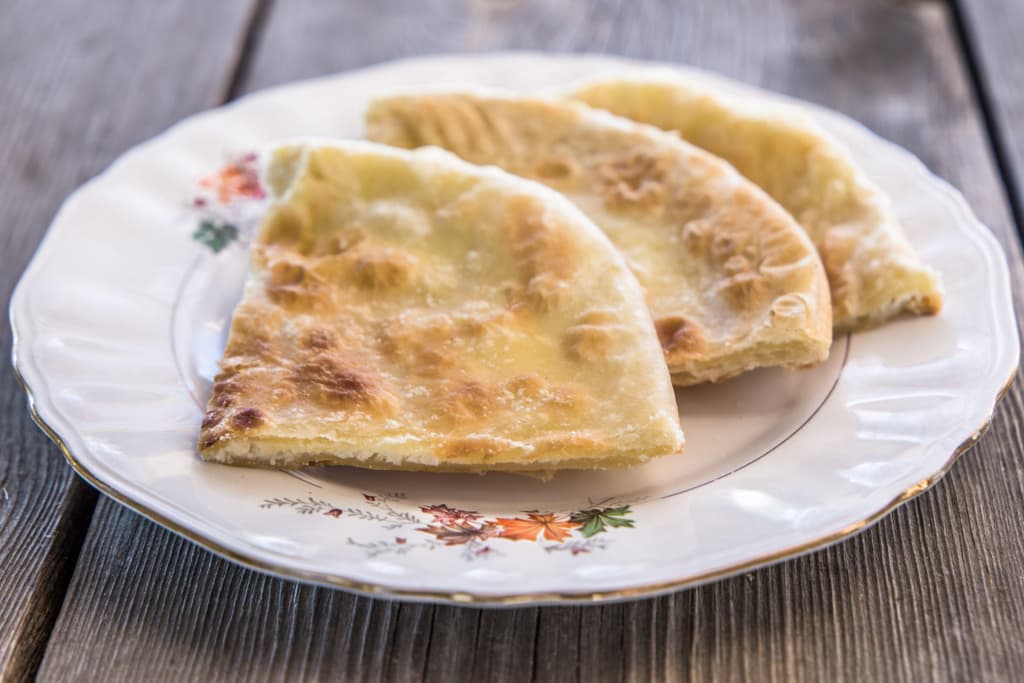
Nerati Mizithropita
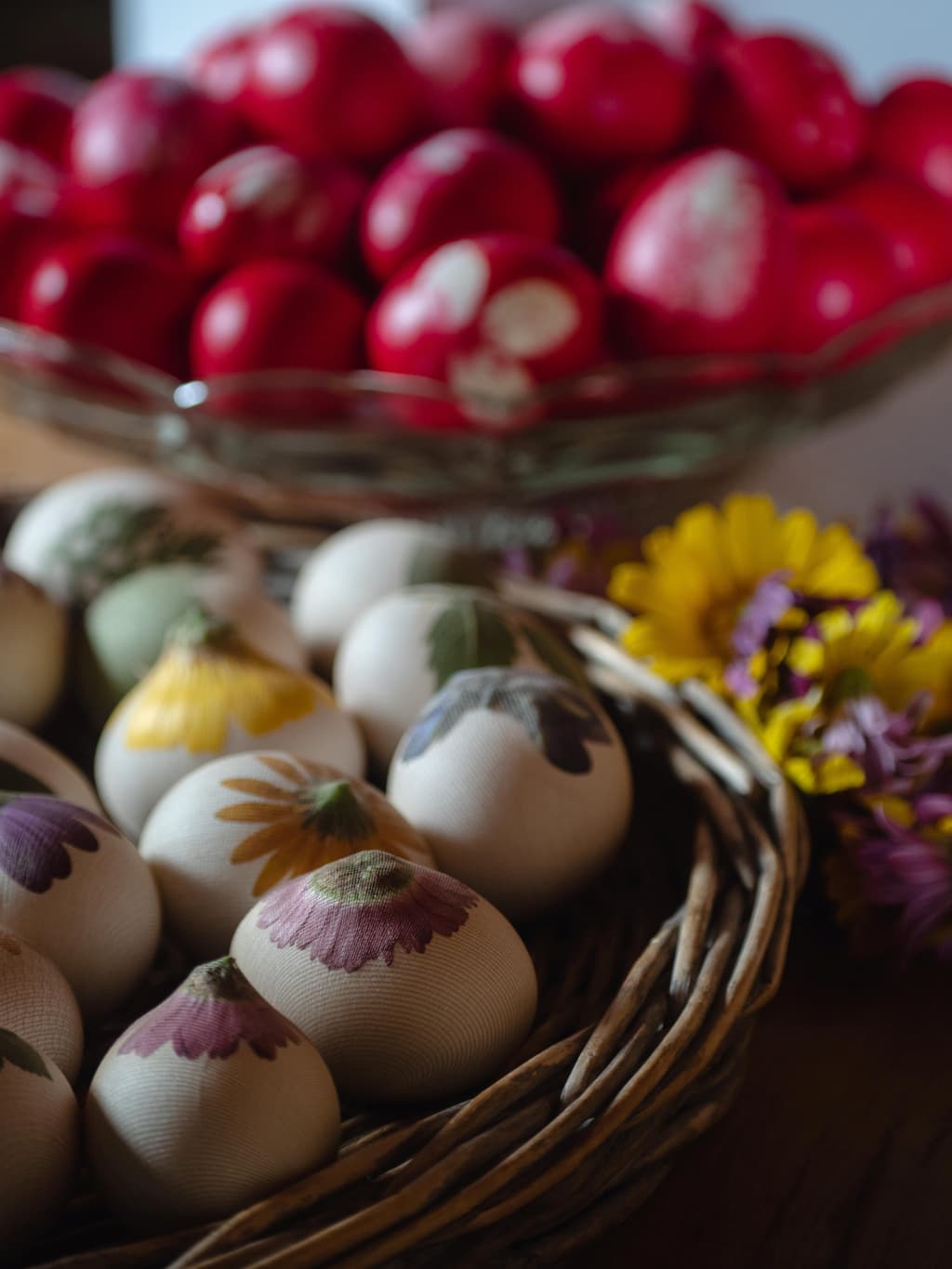
Easter Eggs
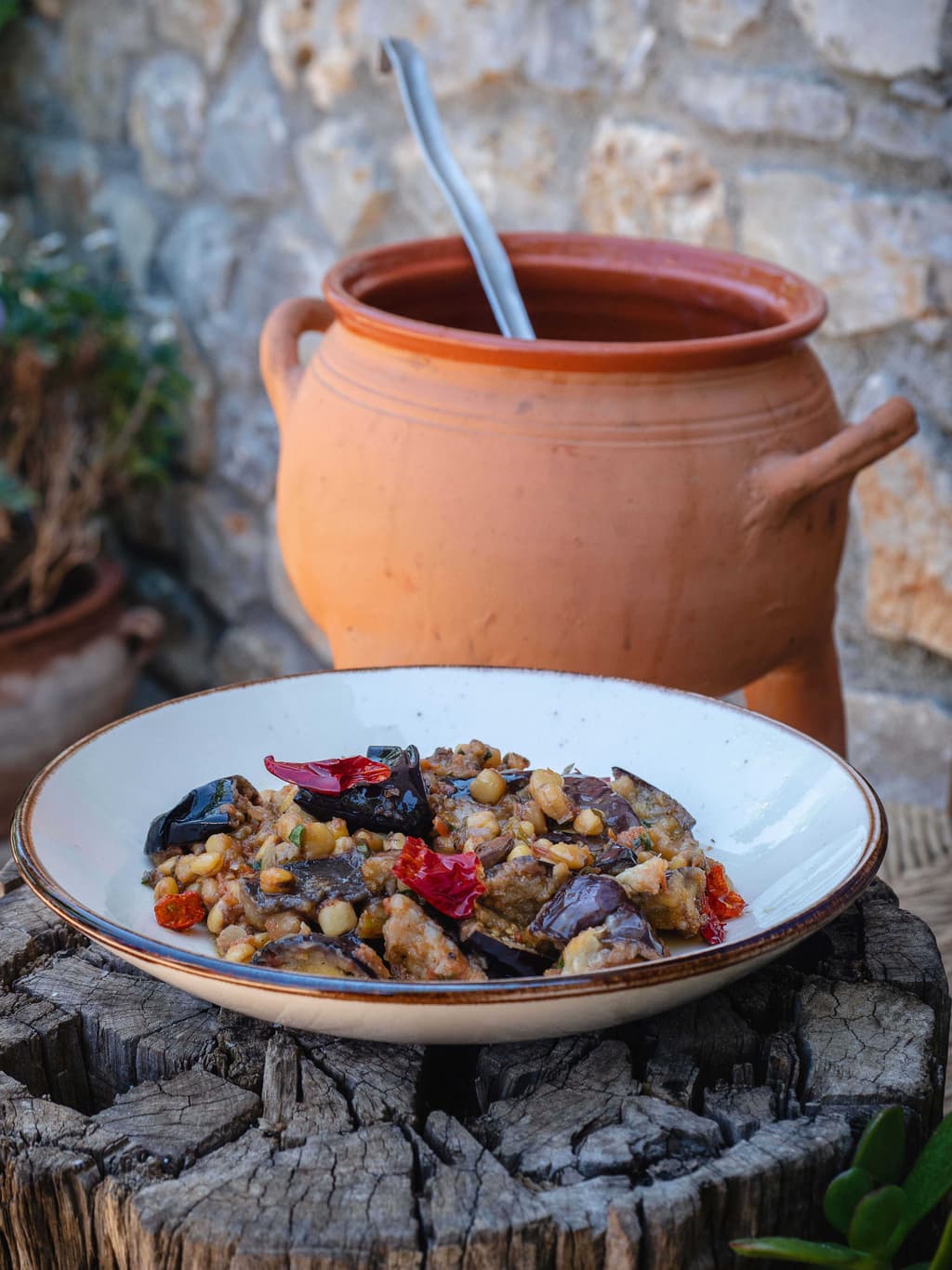
Kalikota
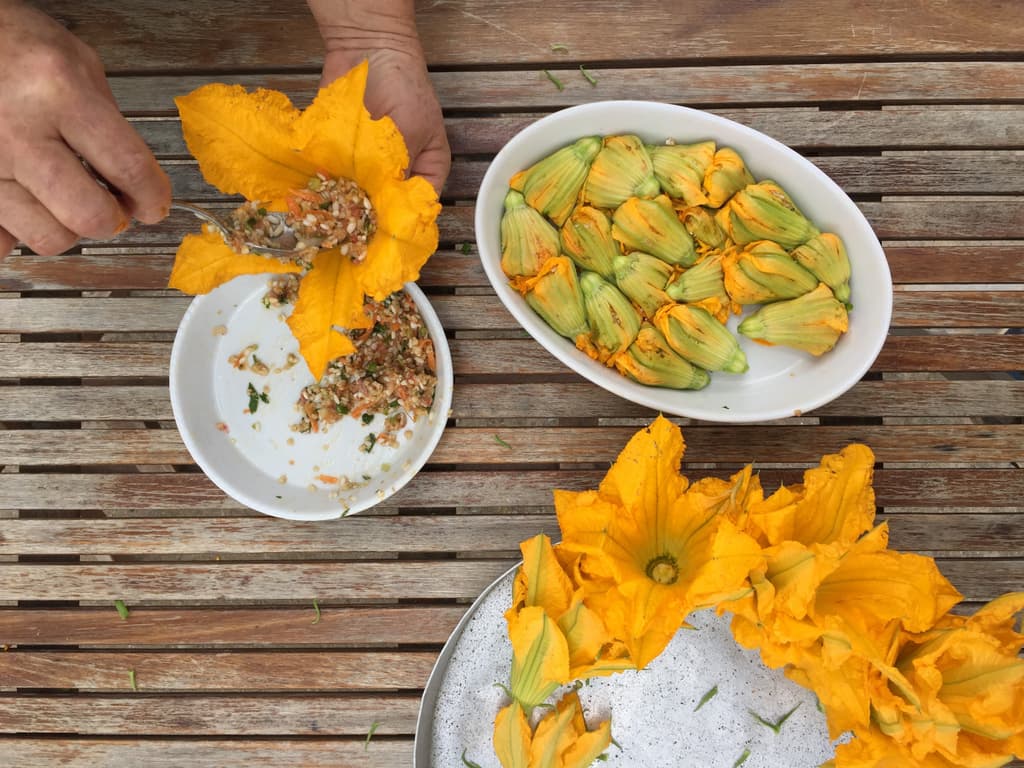
Stuffed Courgette Flowers
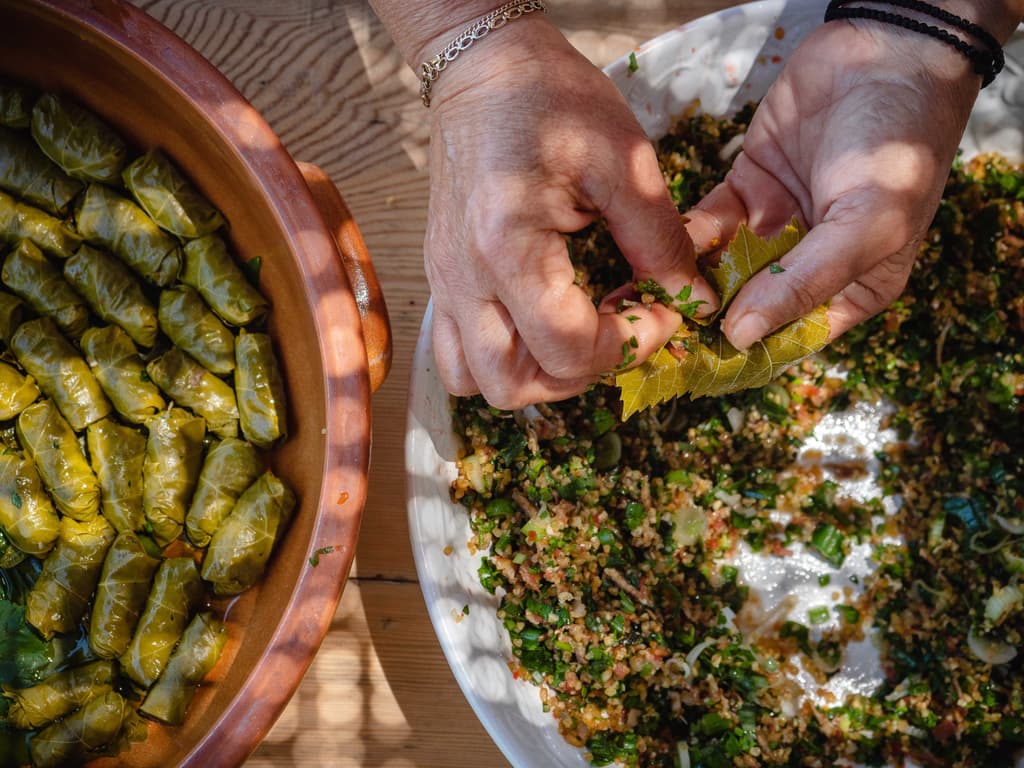
Stuffed Vine Leaves

Cracked Wheat and Snails
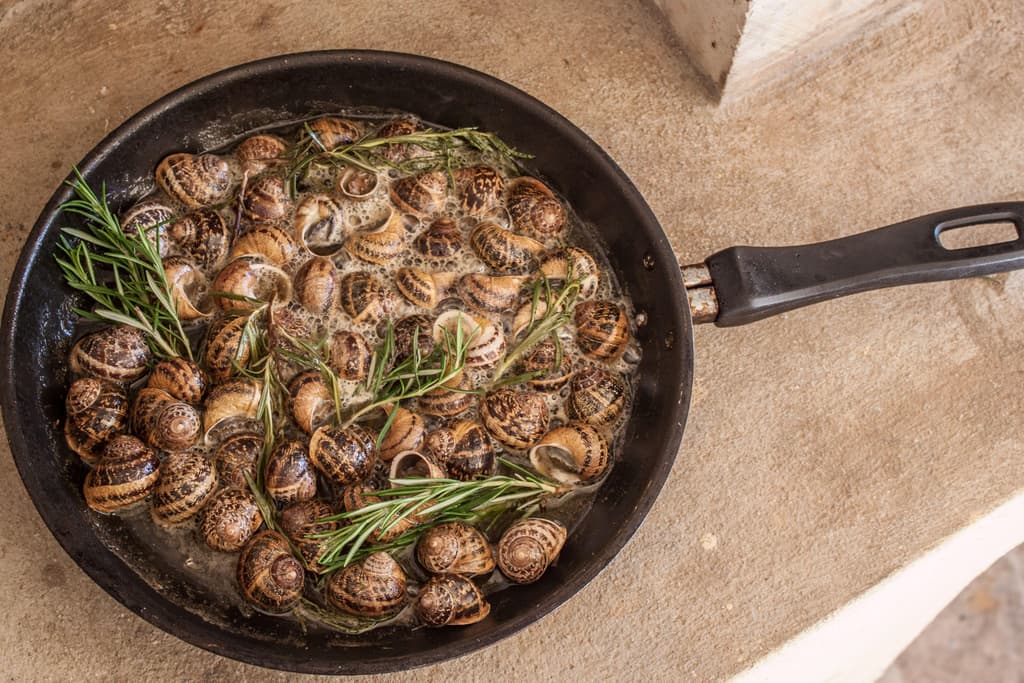
Chochli Boubouristi (Snails Face Down)
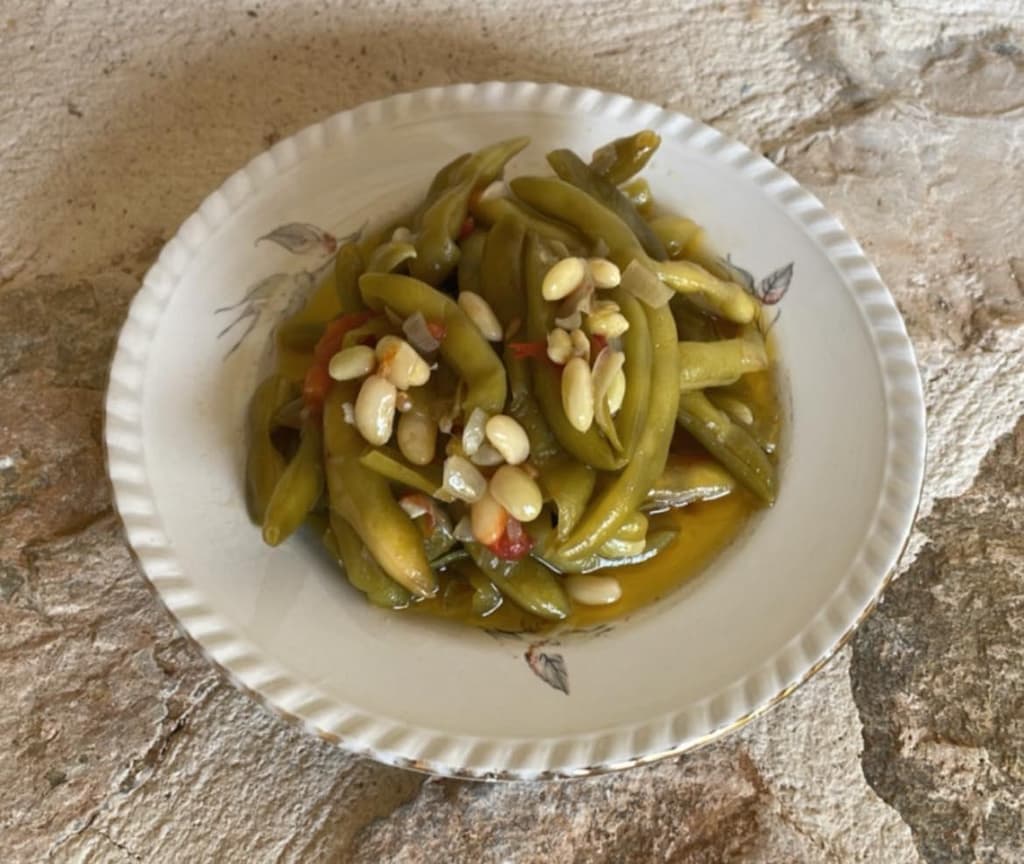
Symian Bean
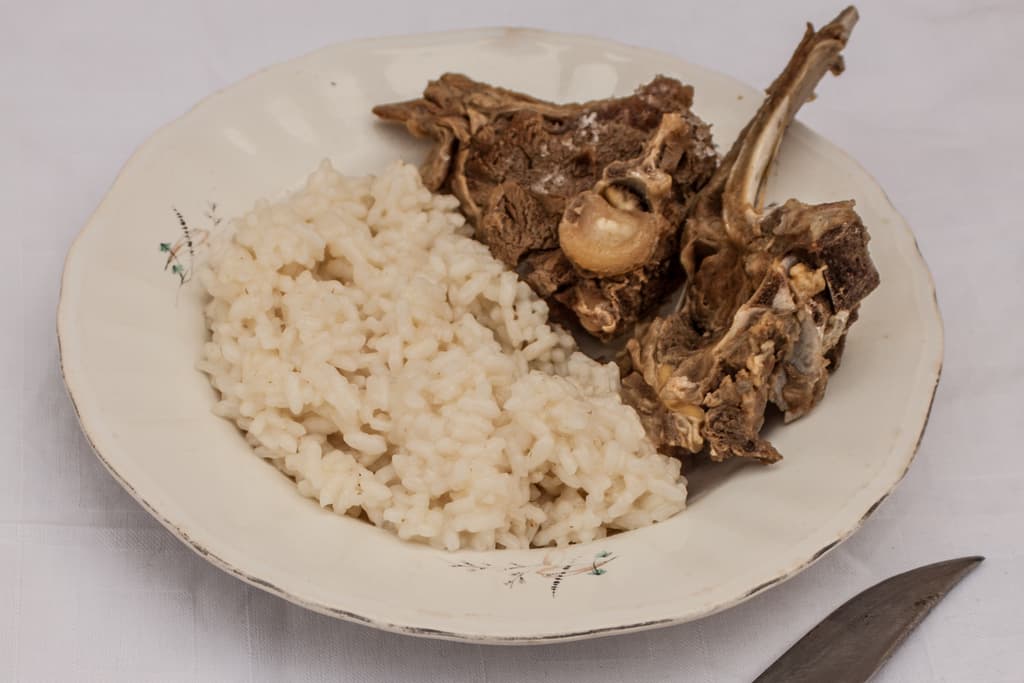
Cretan Pilaf
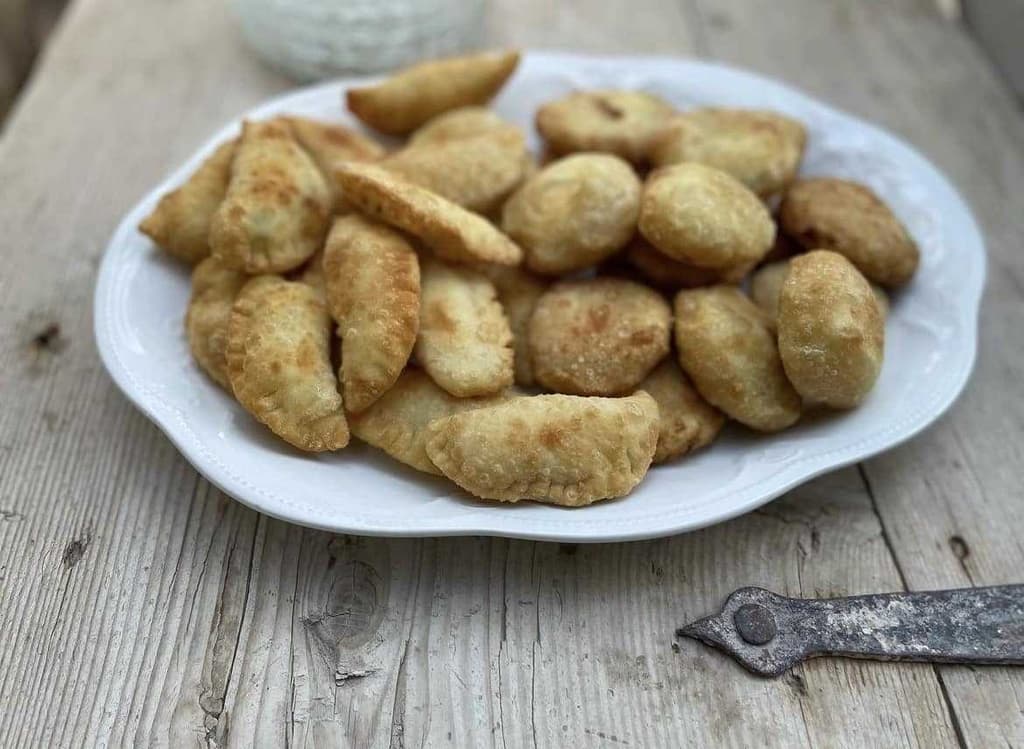
Rethymno Water Pies
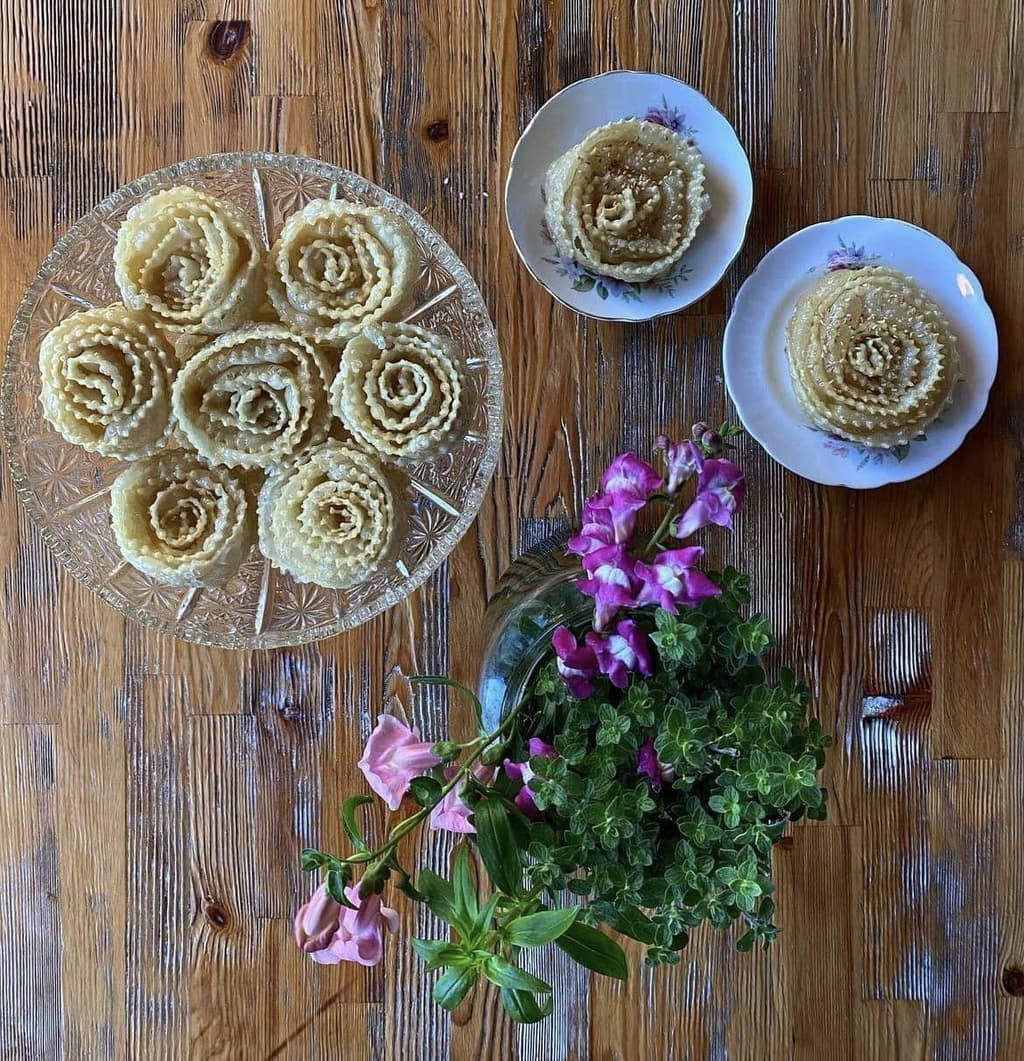
Xerotigana
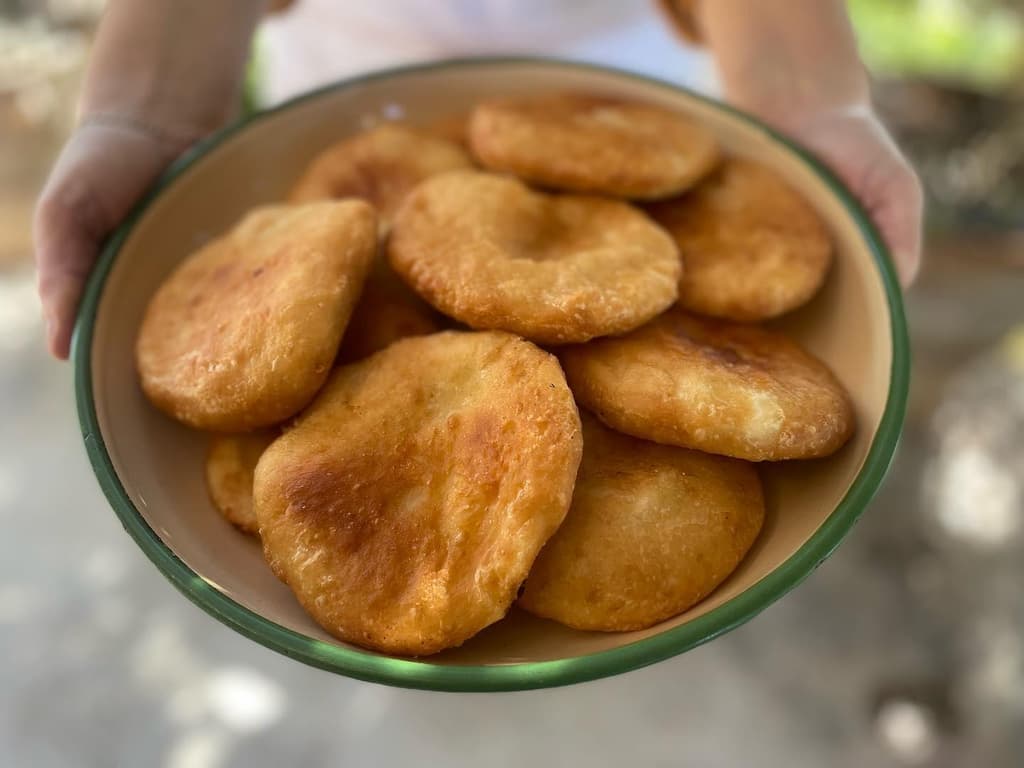
Agnopites
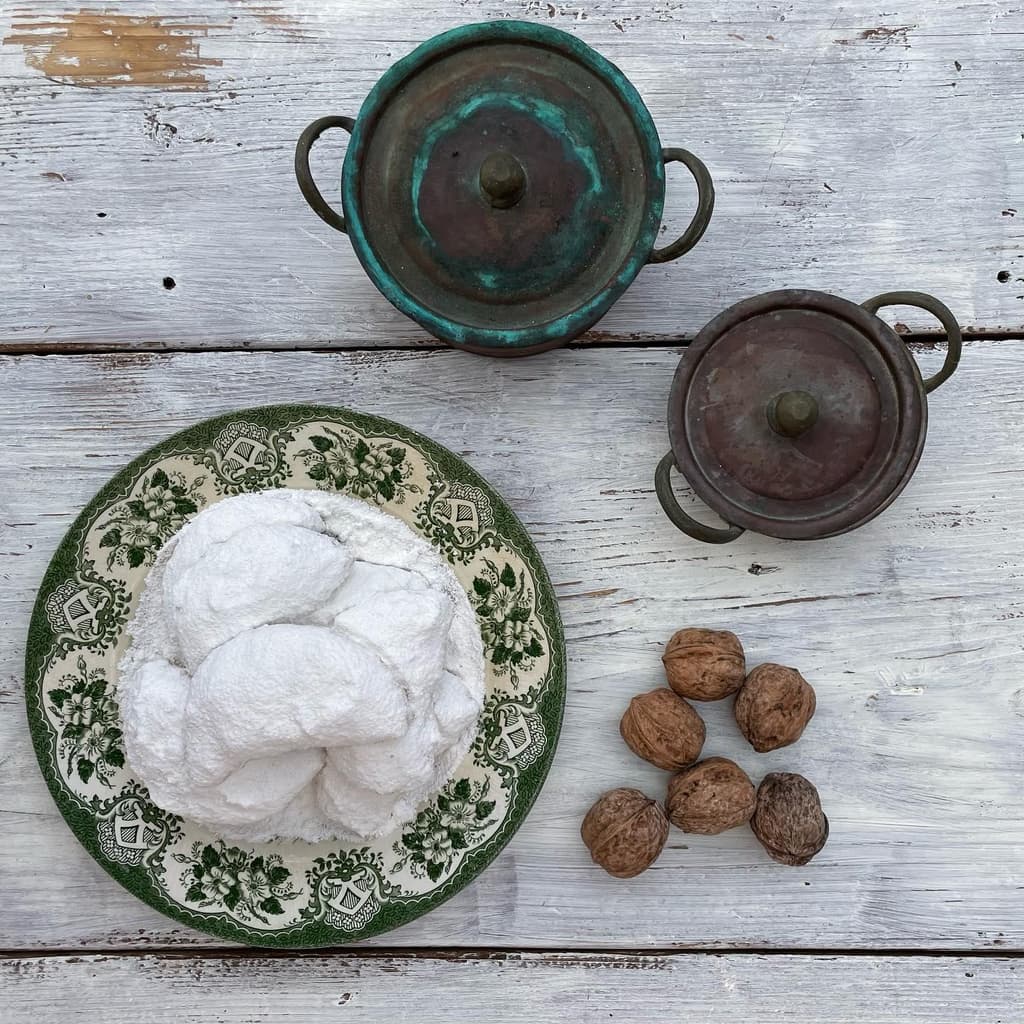
Patoudo

Safidota

Kakavia (Fish Soup)
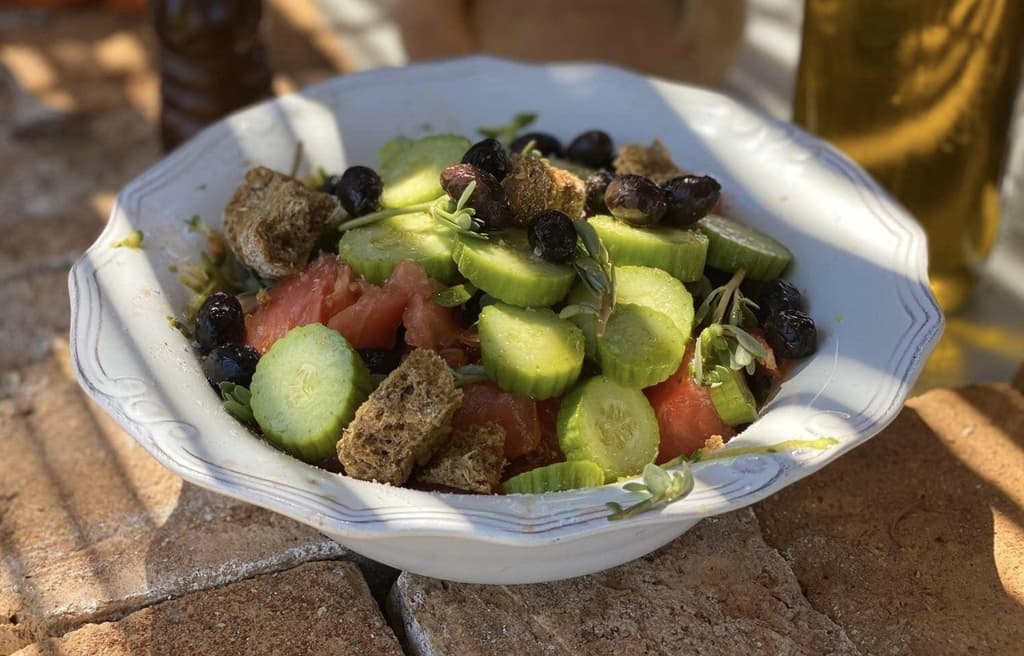
Cretan Greek salad
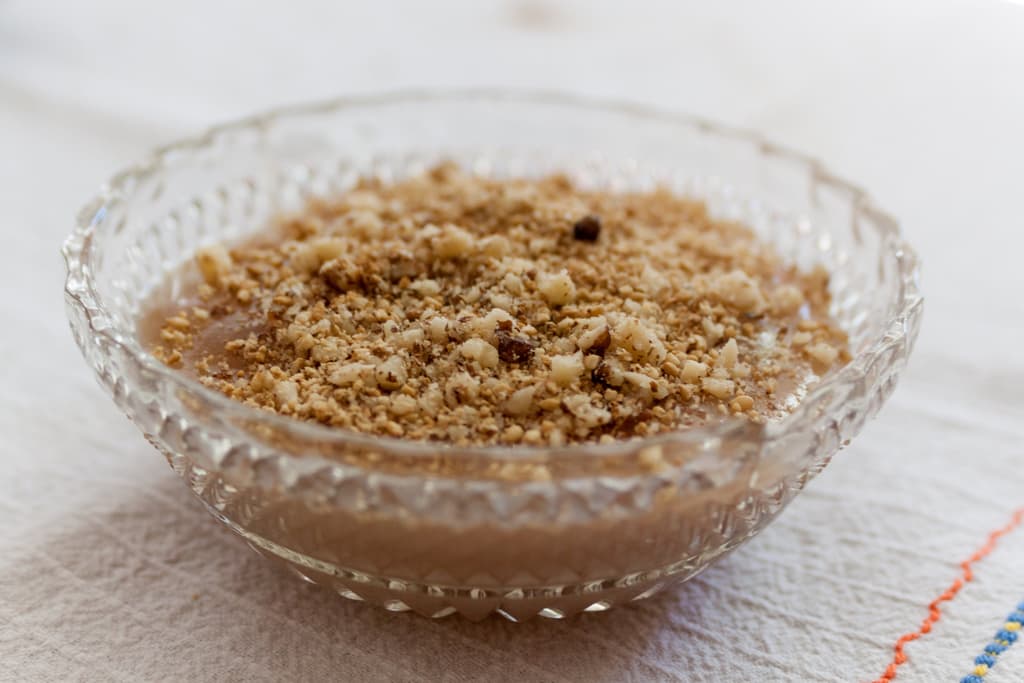
The Sweet Bounty of the Cretan Harvest
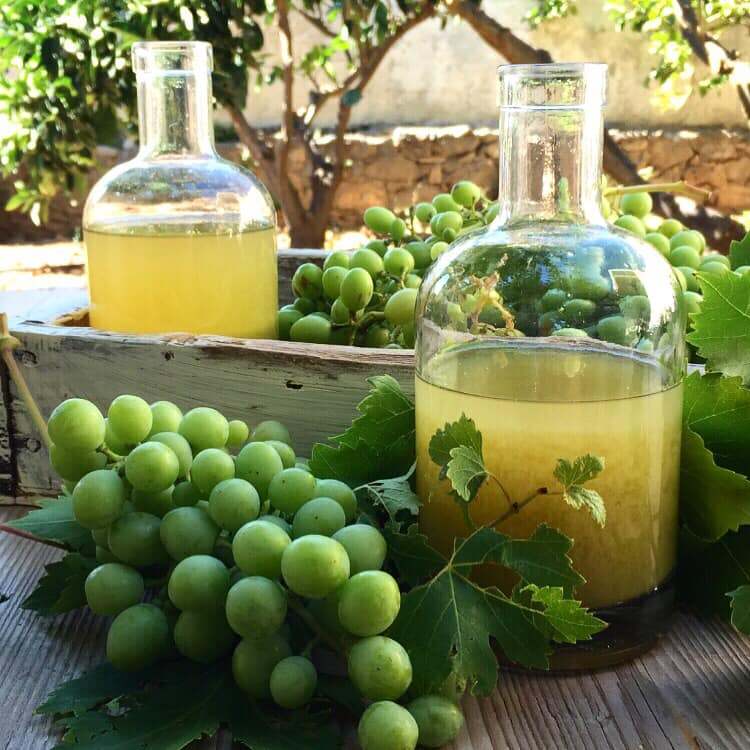
Okra and Unripe Grape
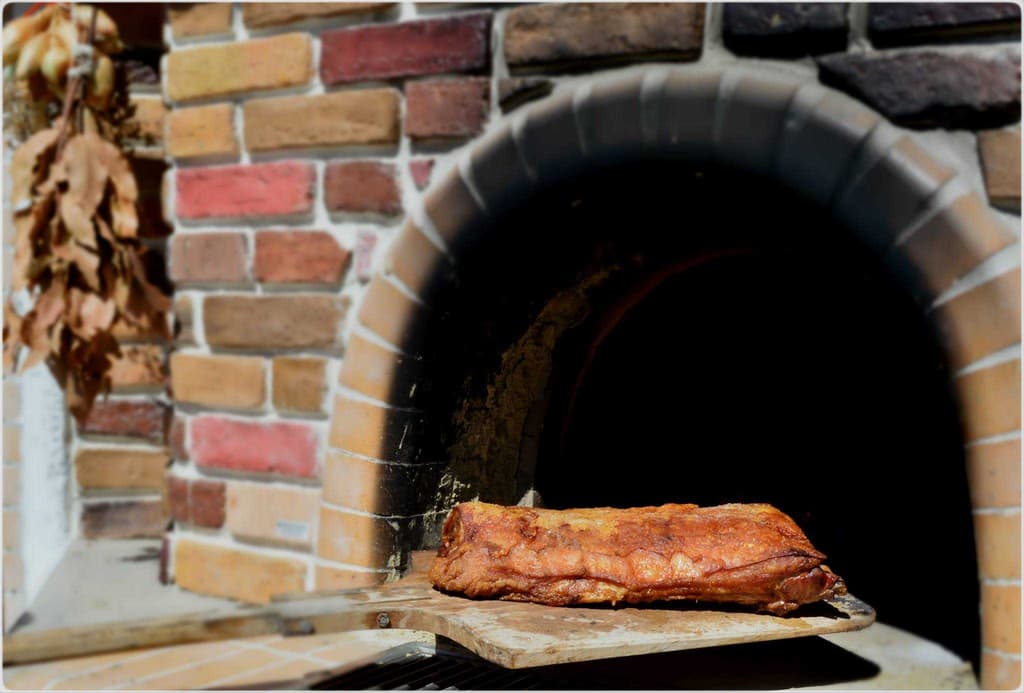
Kapriko
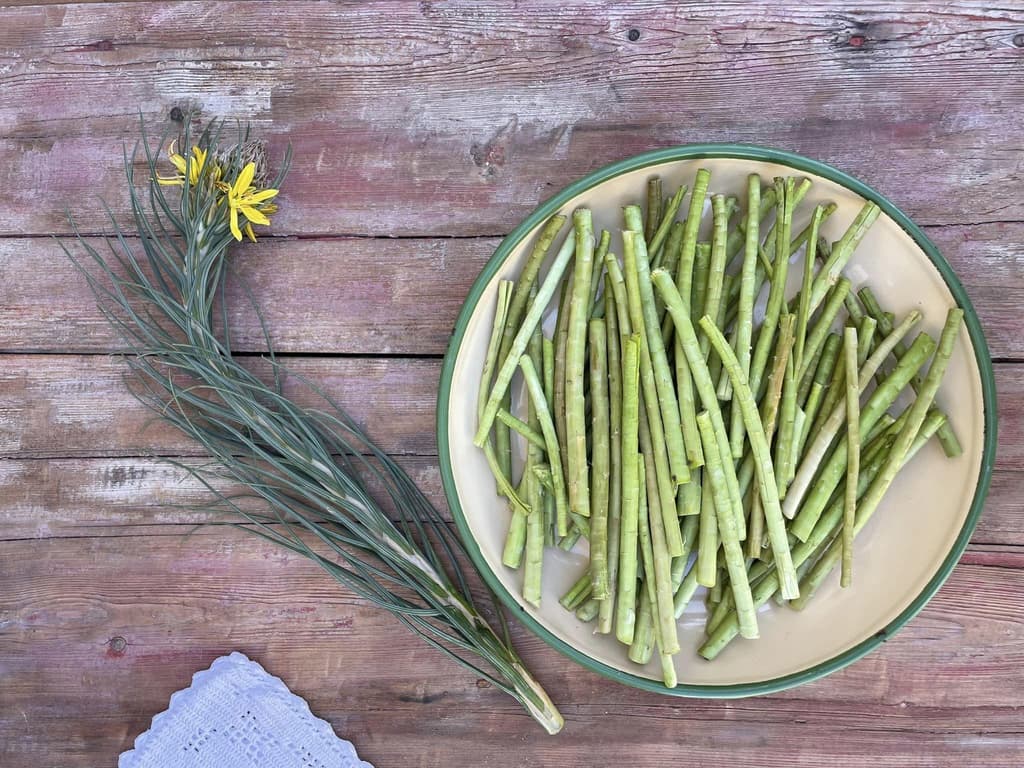
Discovering and Cooking Asphodelaceae: A Taste of Local Cuisine
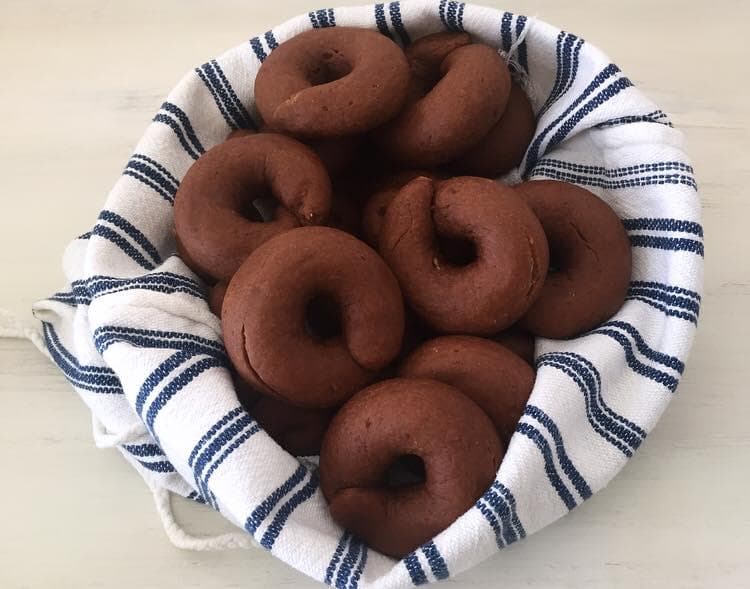
Moustokouloura
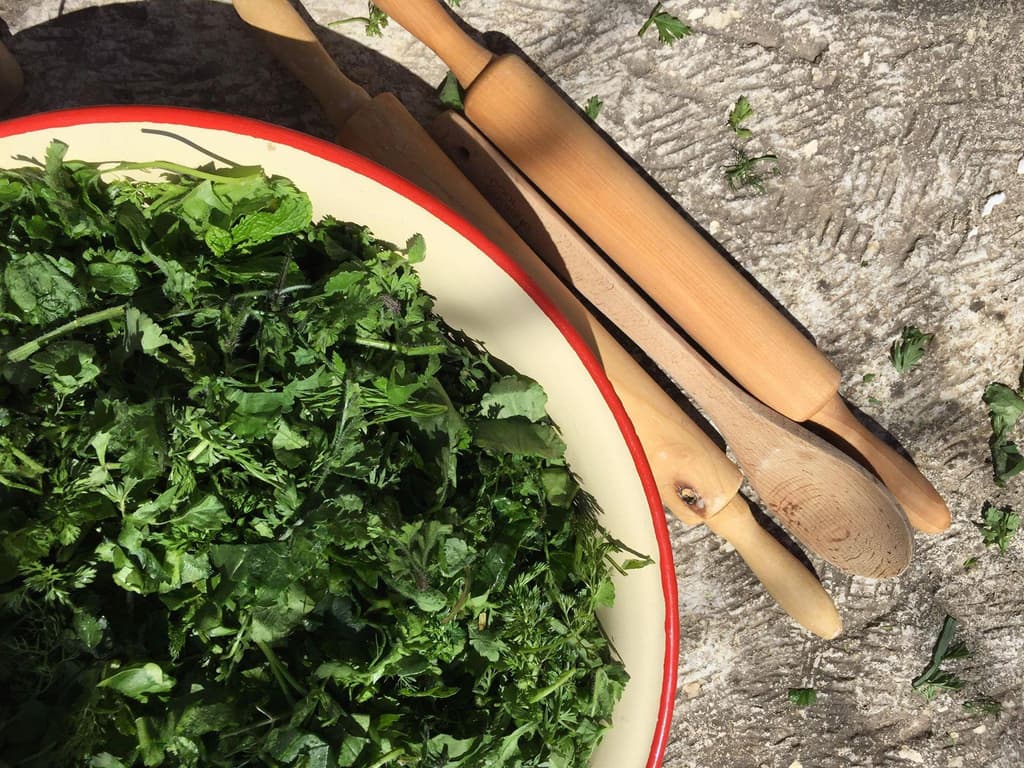
Pie with 'Yachnera' Greens: Baked to Perfection

Pumpkin Stifado
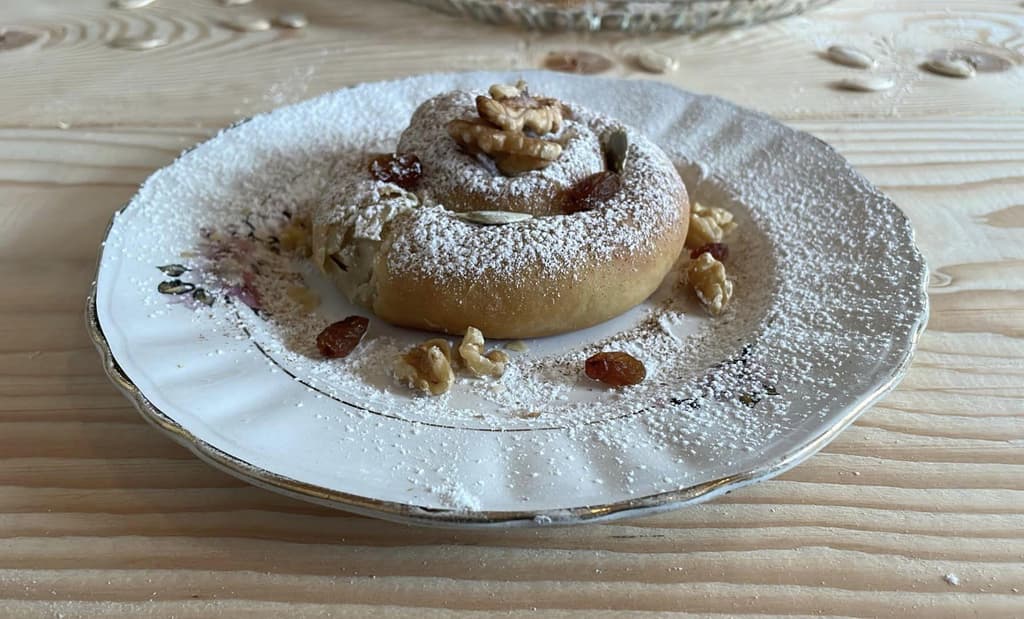
Sweet Pumpkin Pies with Raki Leaves (Oven)
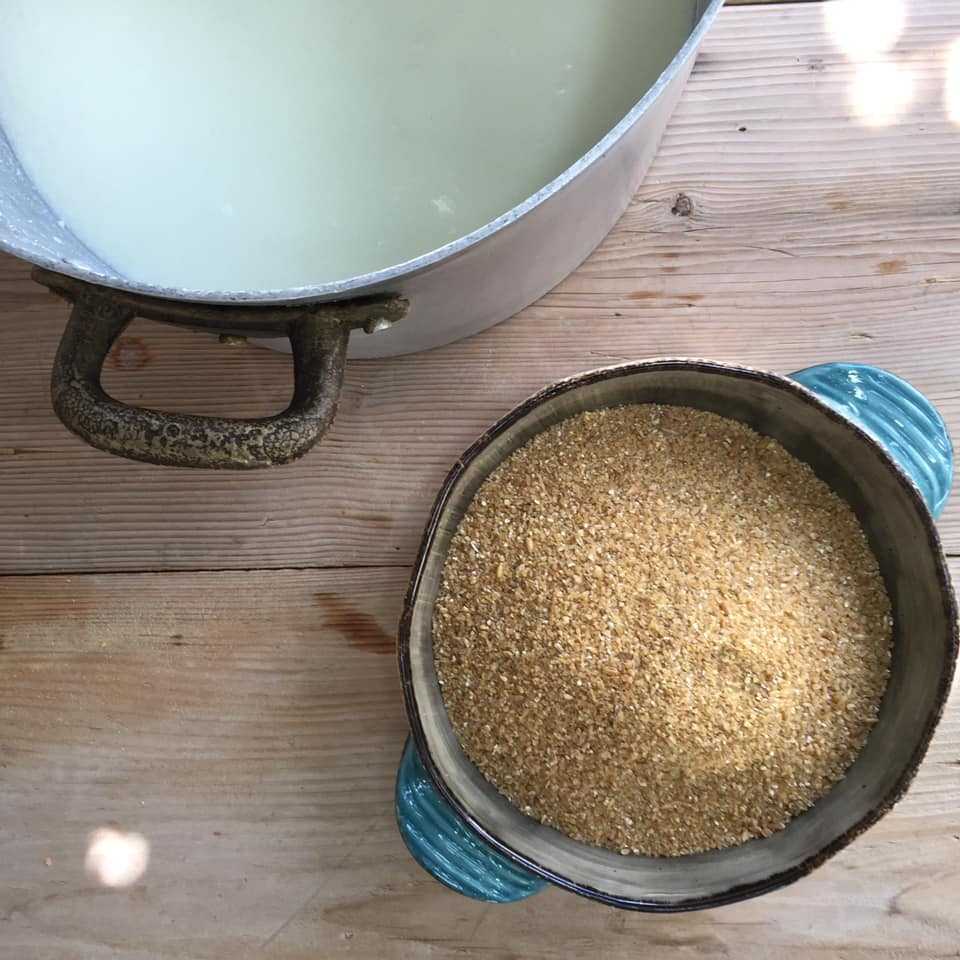
Xinochondros: Sour Bulgur Pasta
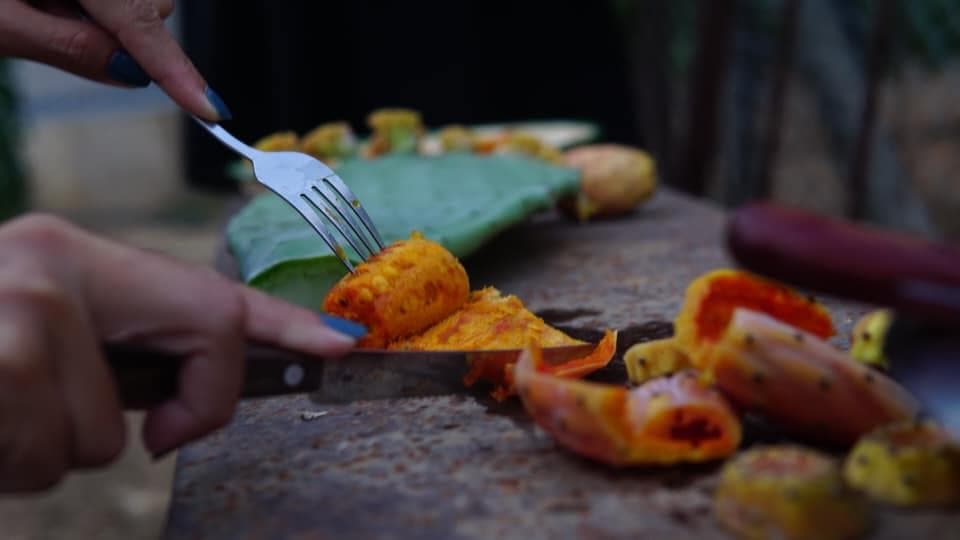
Prickly Pear or Indian Fig
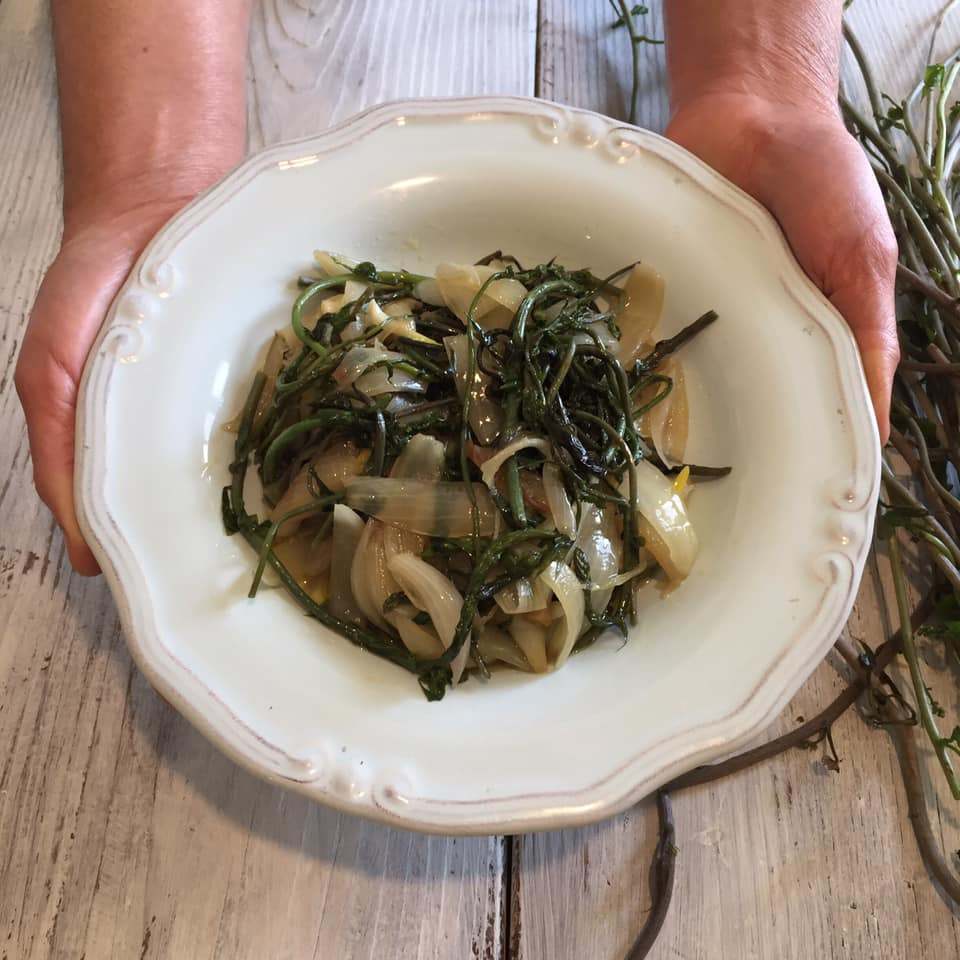
Black Bryony

Tahini Soup without Oil
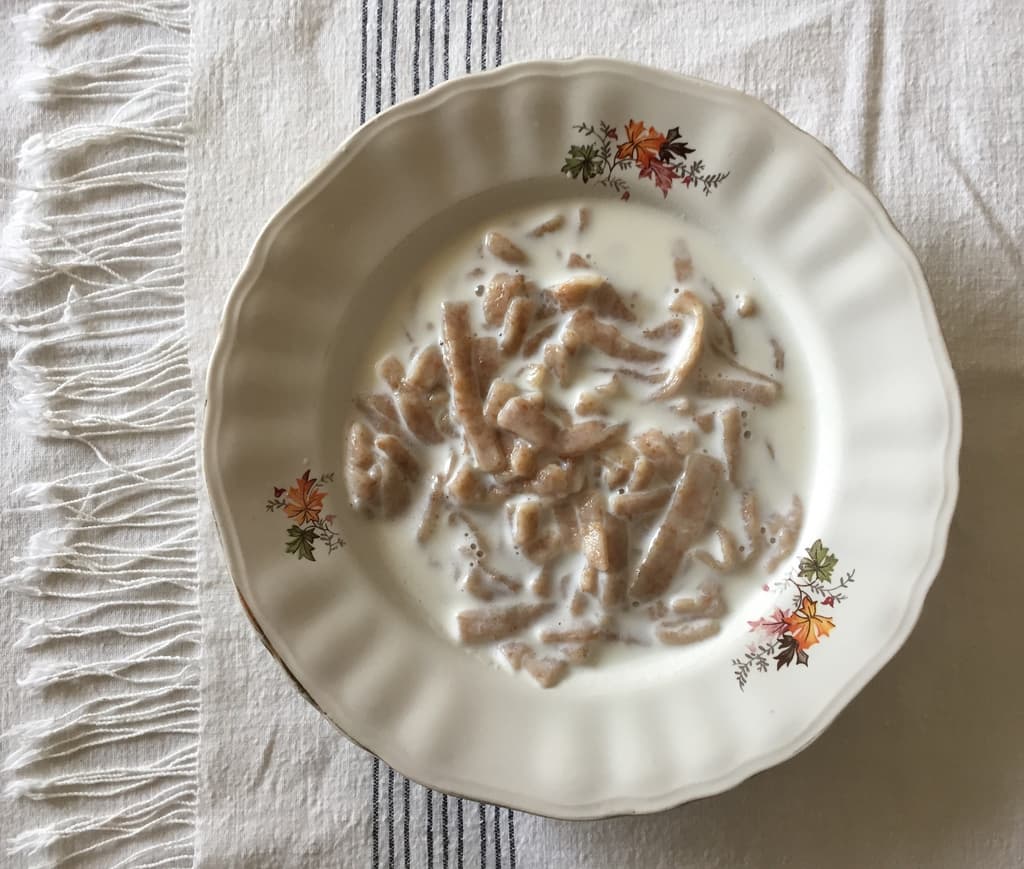
Chylofta with Milk
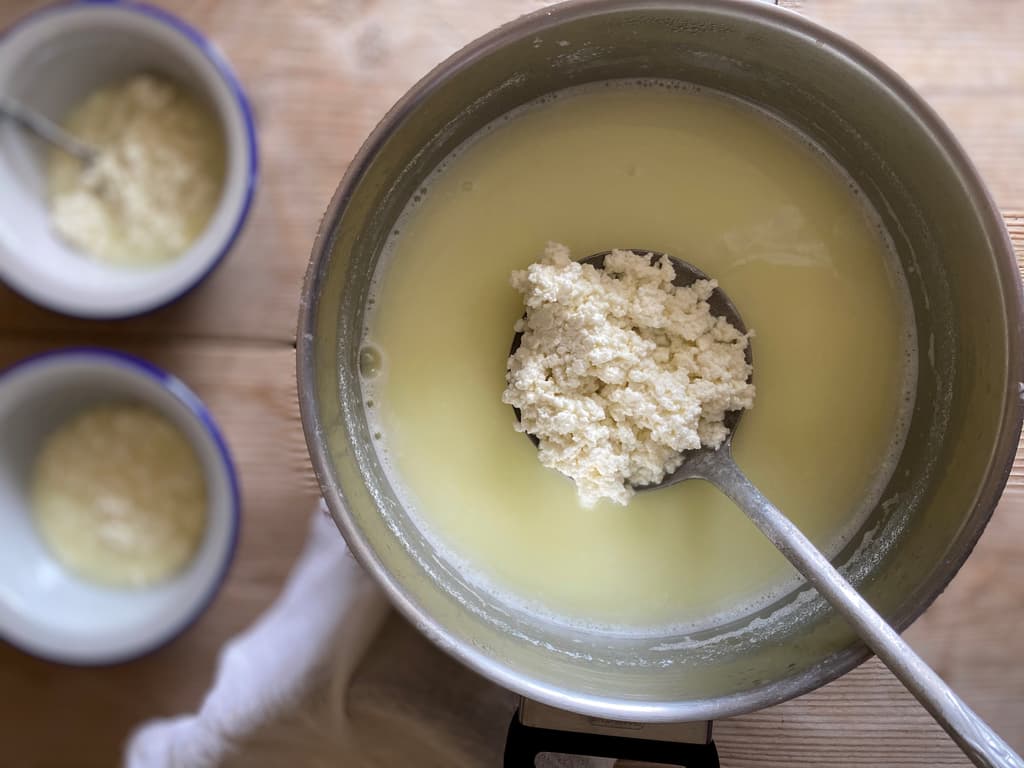
Tyrozouli or Cretan Home Cheese
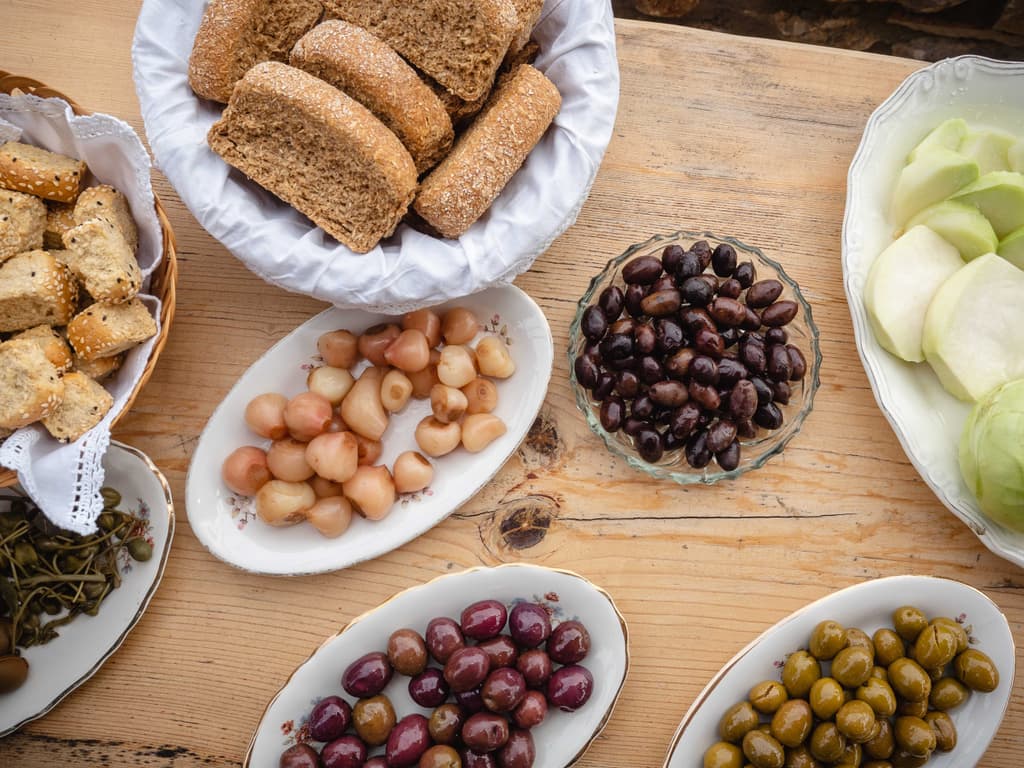
Pickled Tassel Hyacinth

Sourdough Dagoulakia
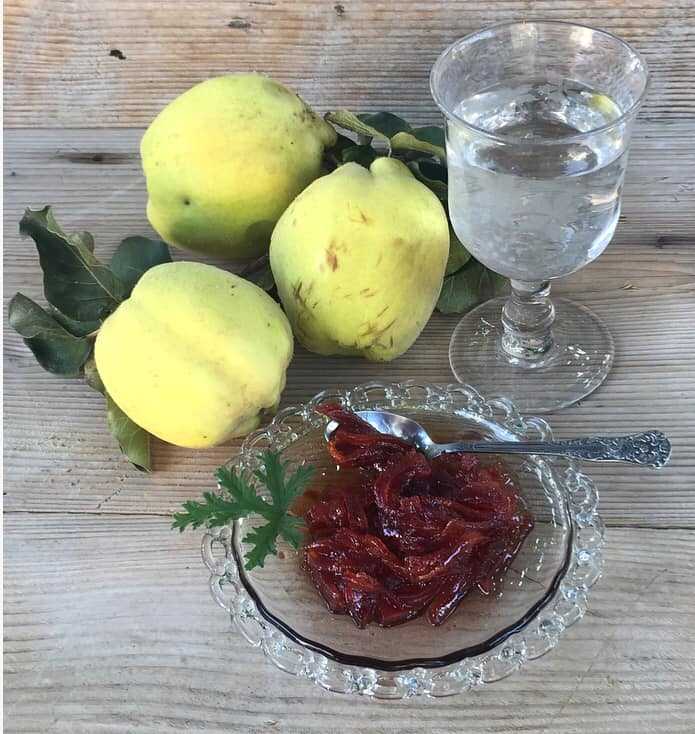
Quince Confection

Delicious Homemade Treat with Lemon Blossoms
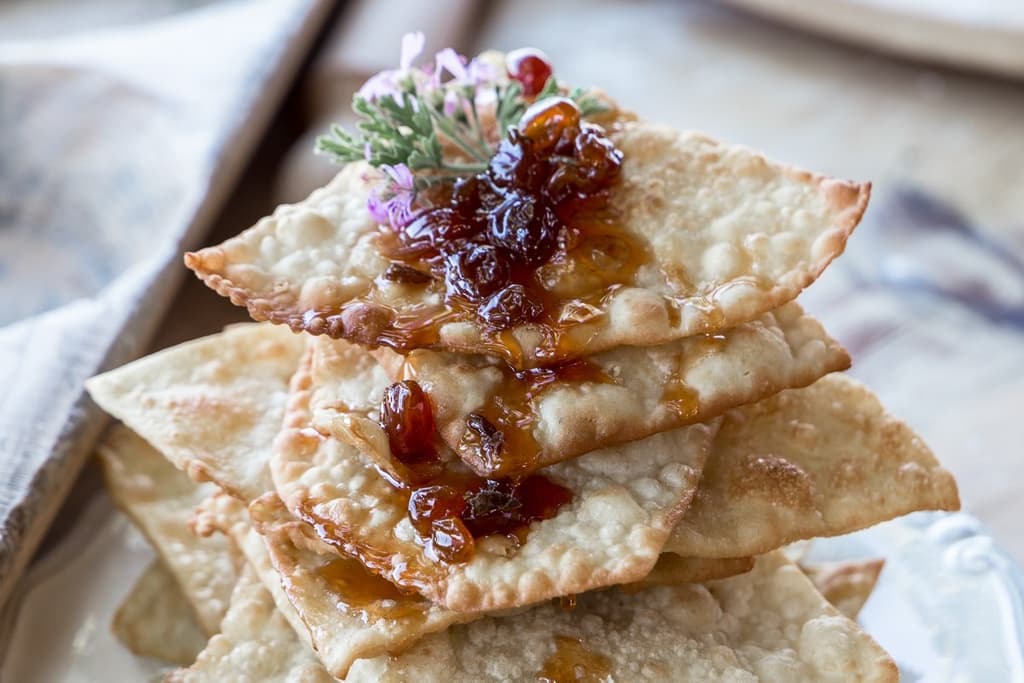
Tiganopites: Greek Fried Pies

Dietary Practices in 17th Century Crete
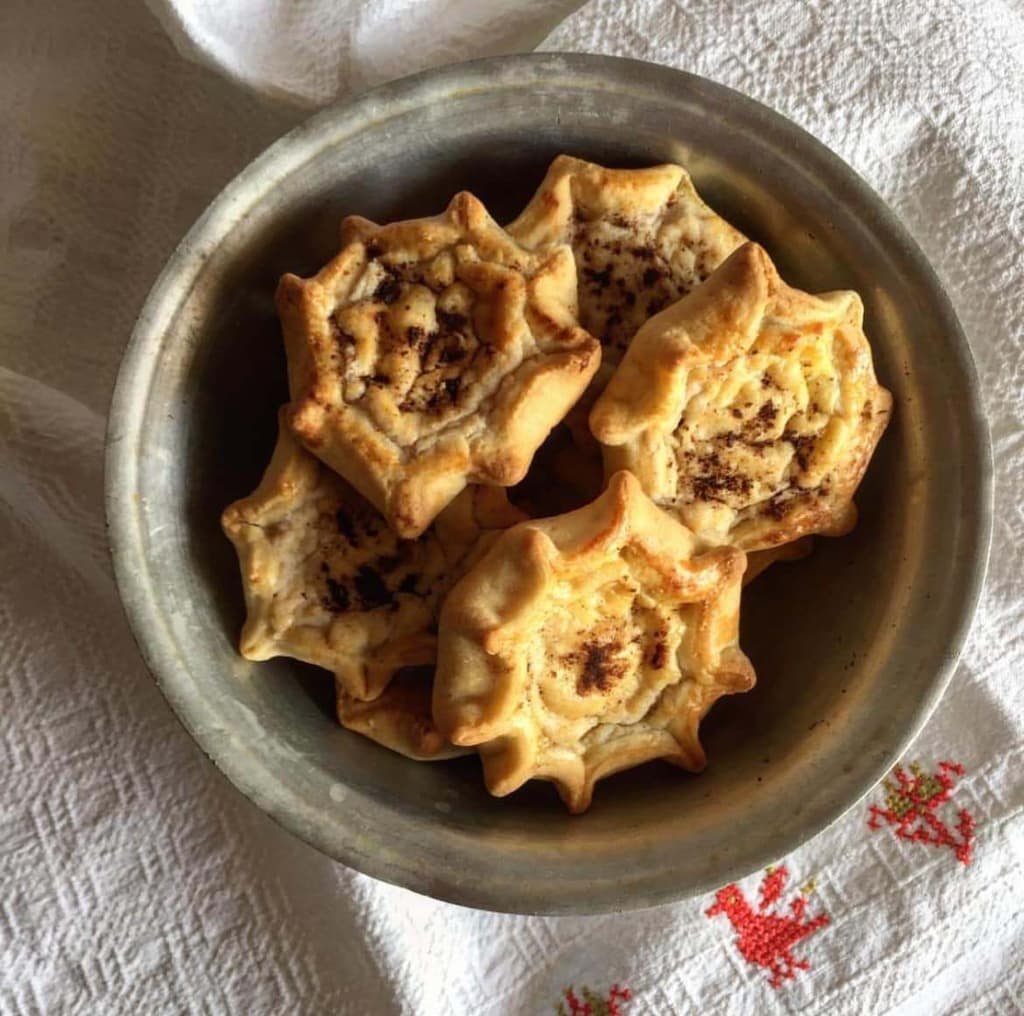
Lychnarakia
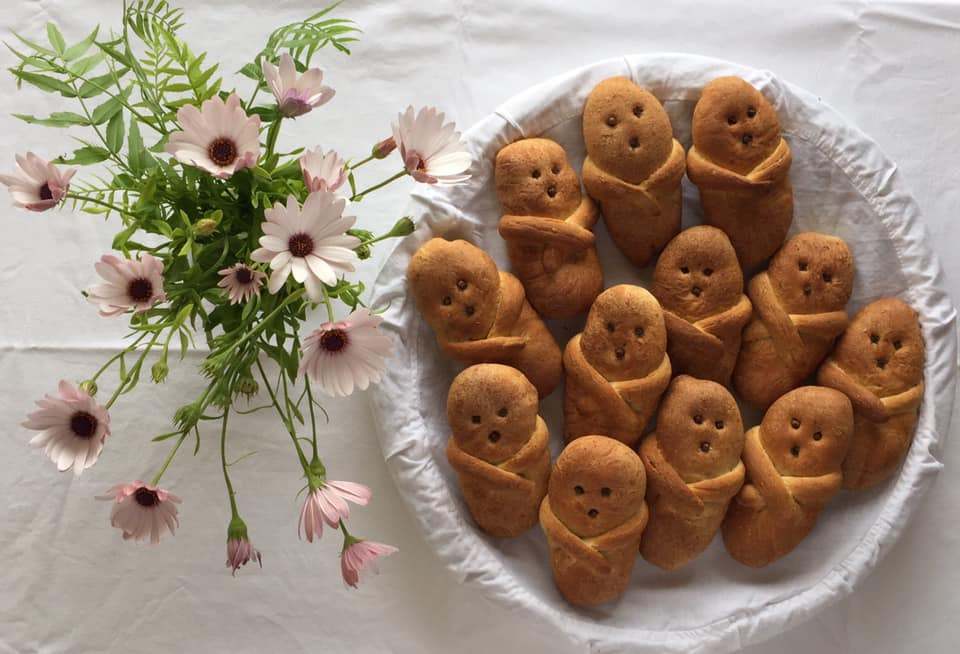
Lazarakia
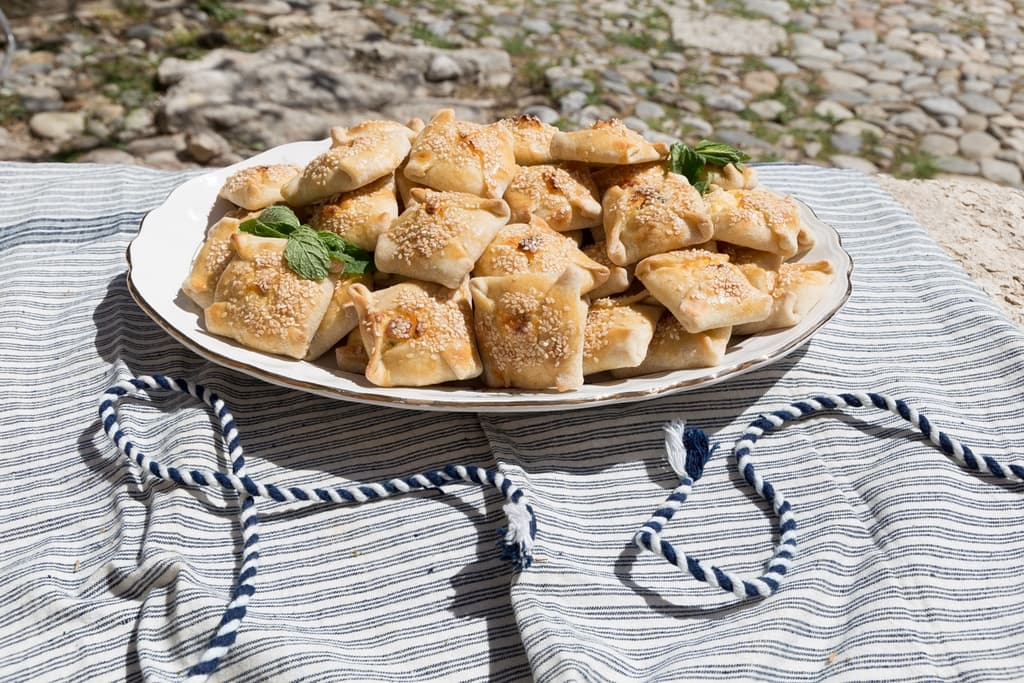
Kalitsounia from Chania
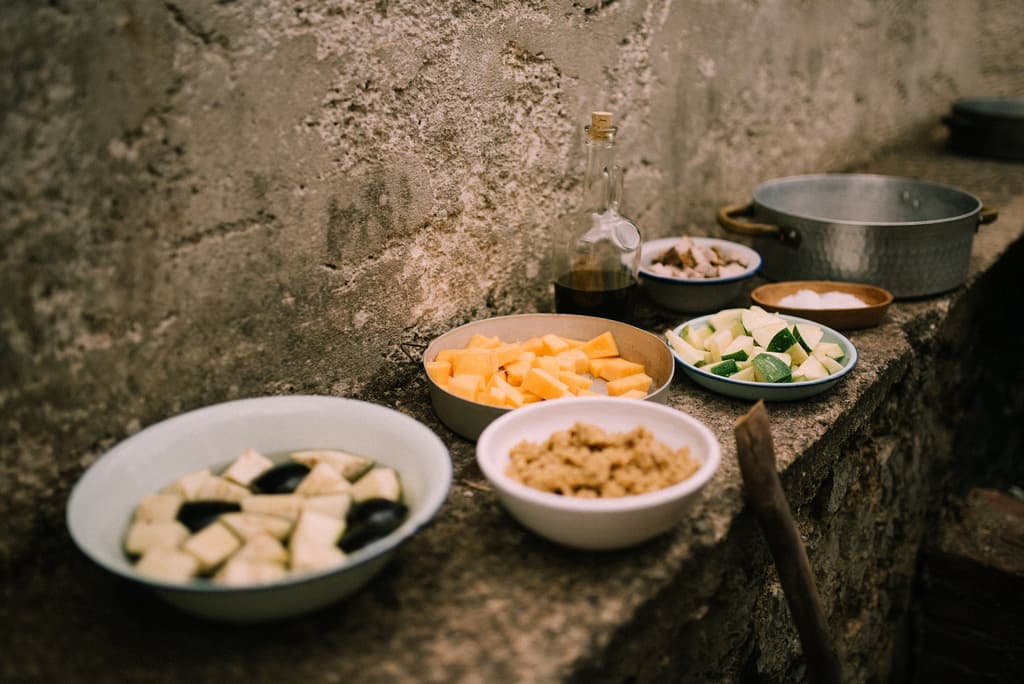
Apaki with Xinohondros and Vegetables
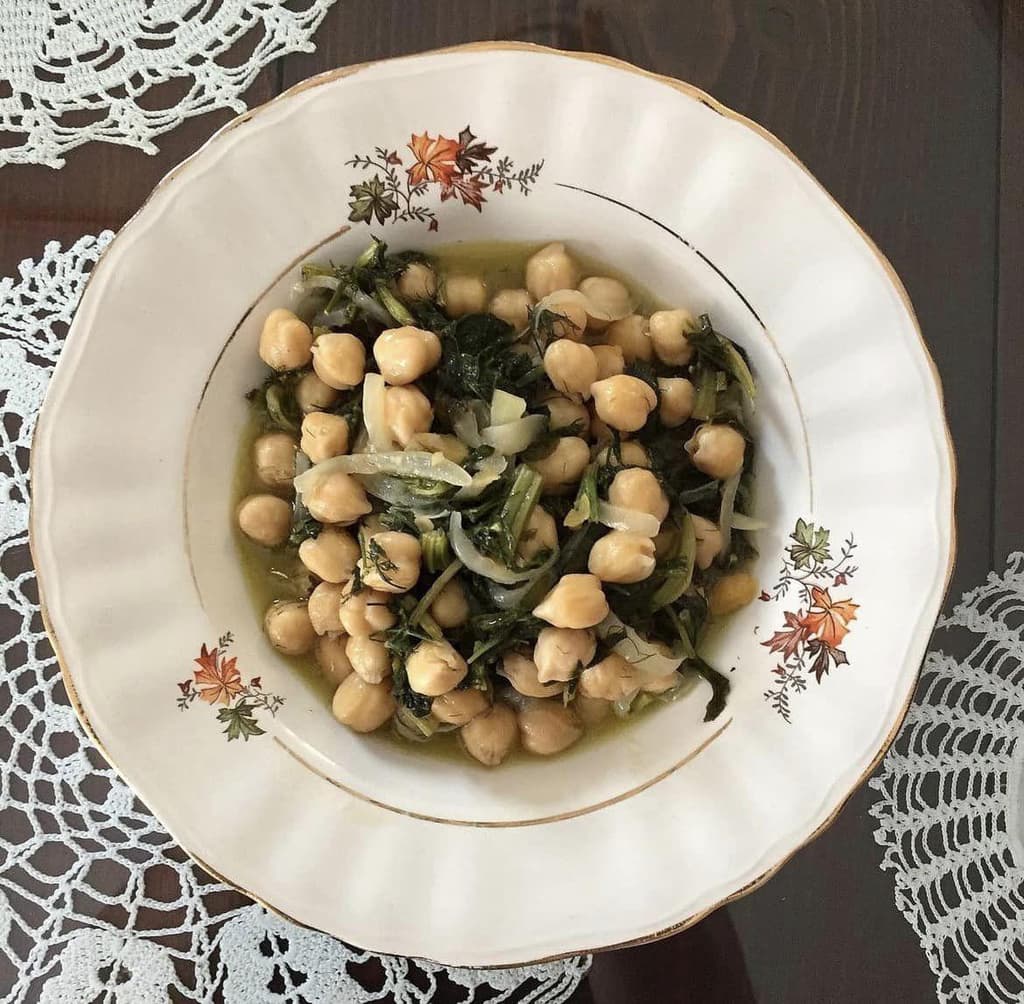
Chickpeas with Yachnera: A Delightful Dish
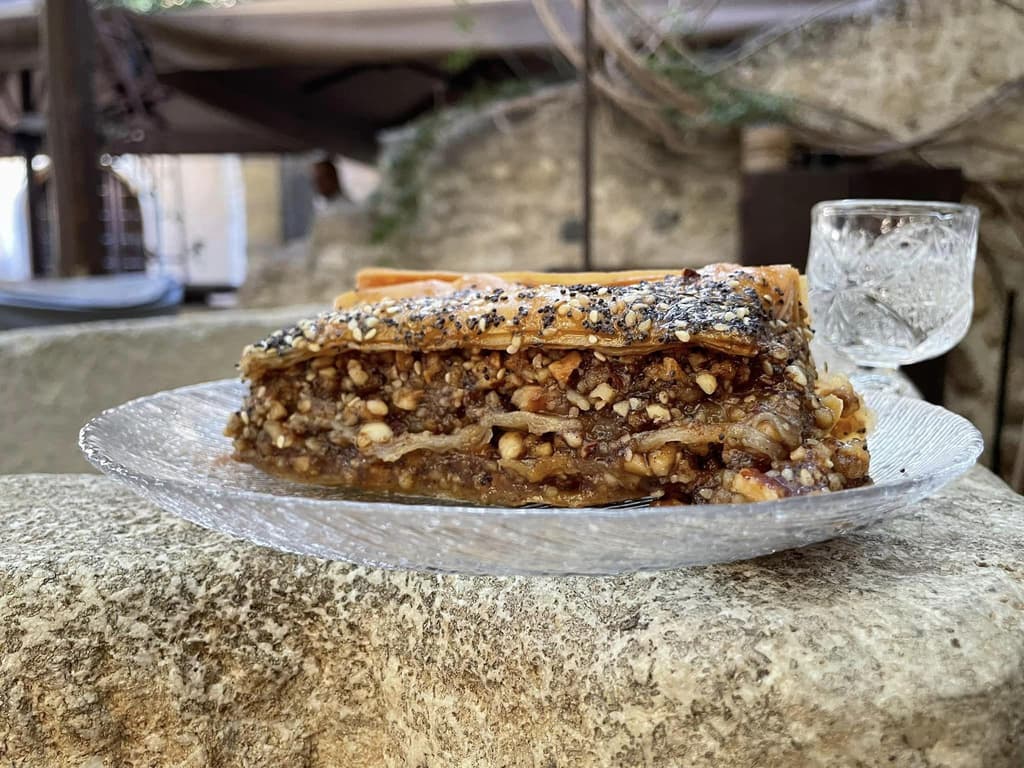
Gastrin
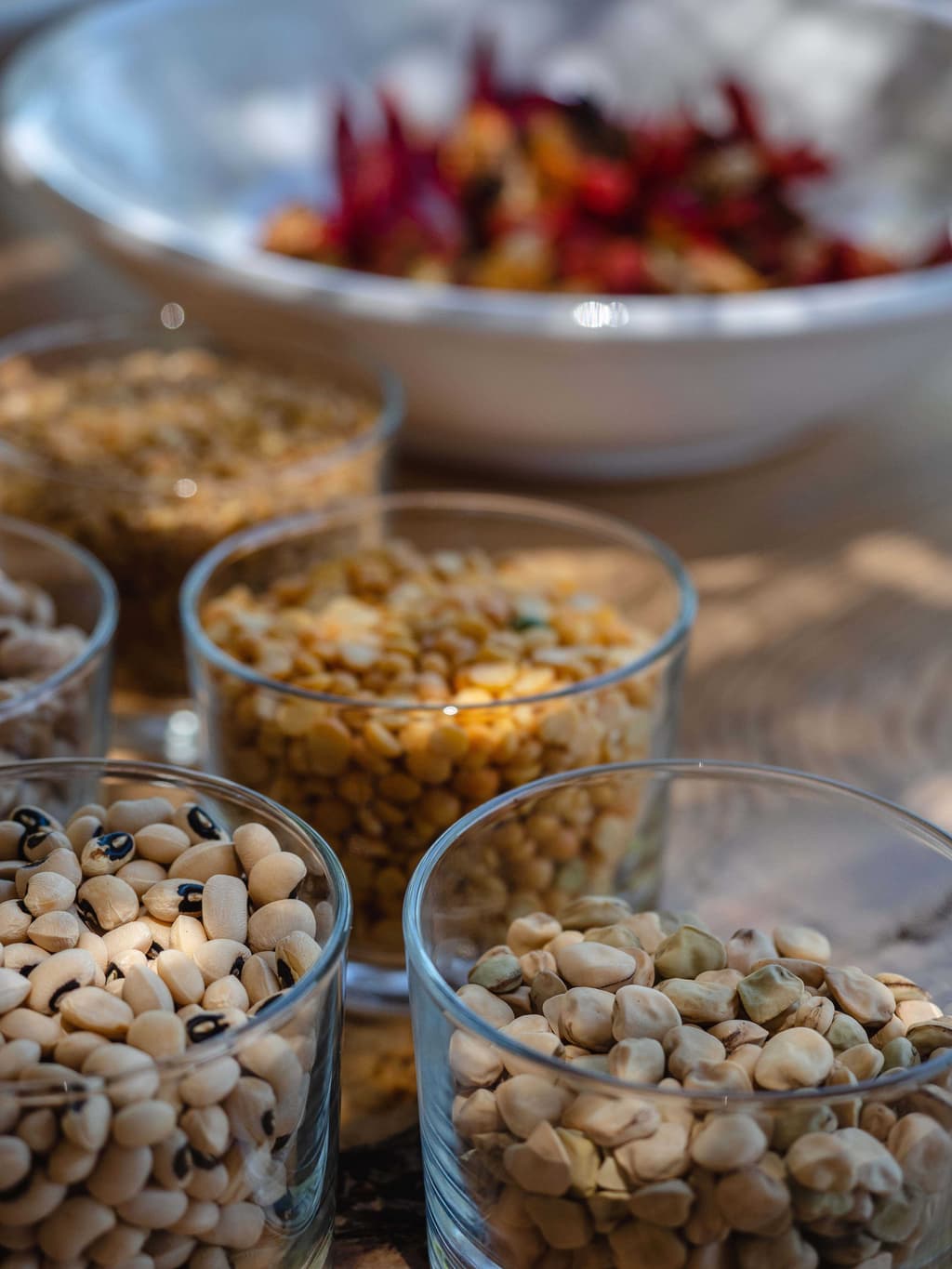
Fotokollyva
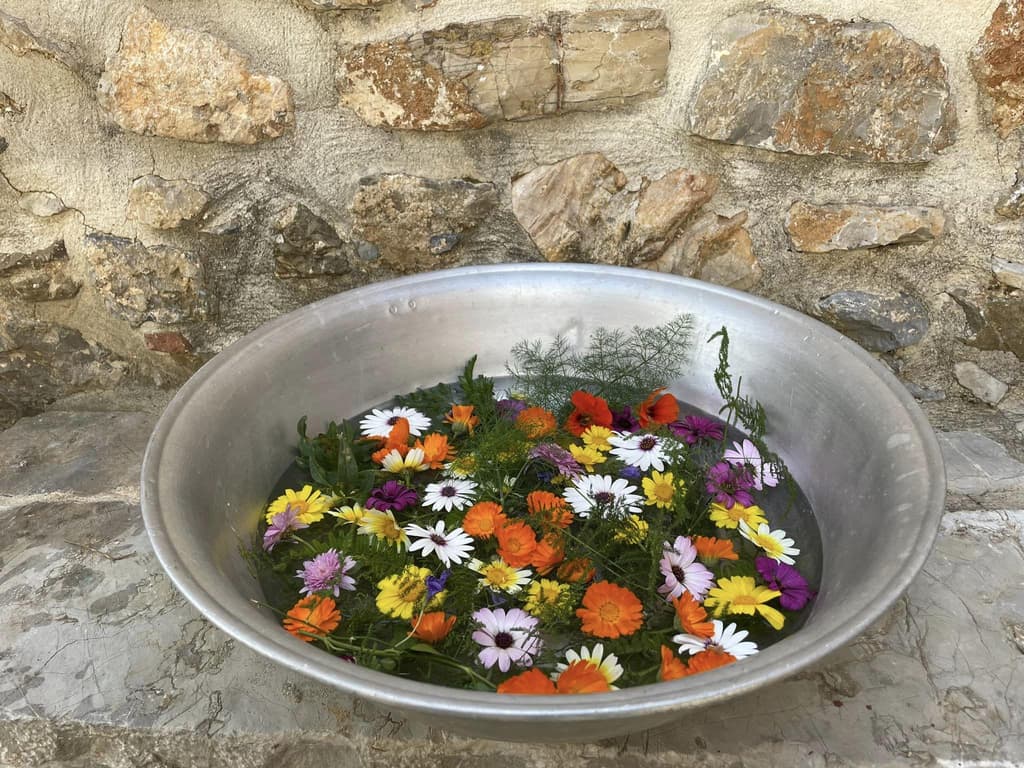
Dyeing Easter Eggs with Madder Root and Flower Blossoms
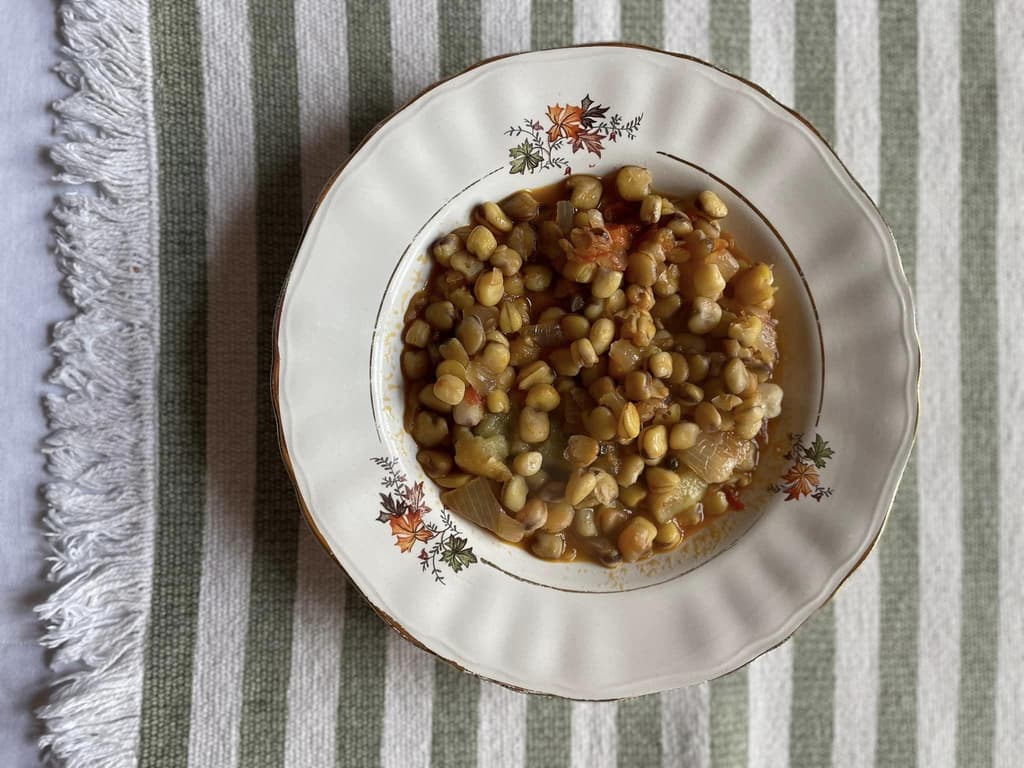
Biza or Manarolia Stew with Eggplants

Antikristo or "Ofto" Meat
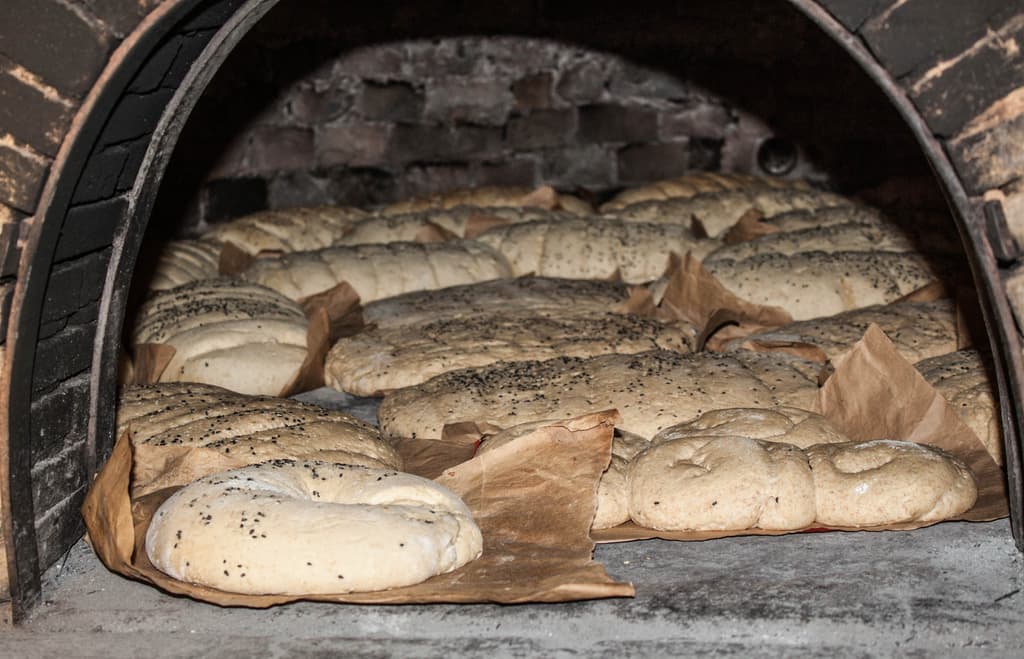
Eftazymo Bread
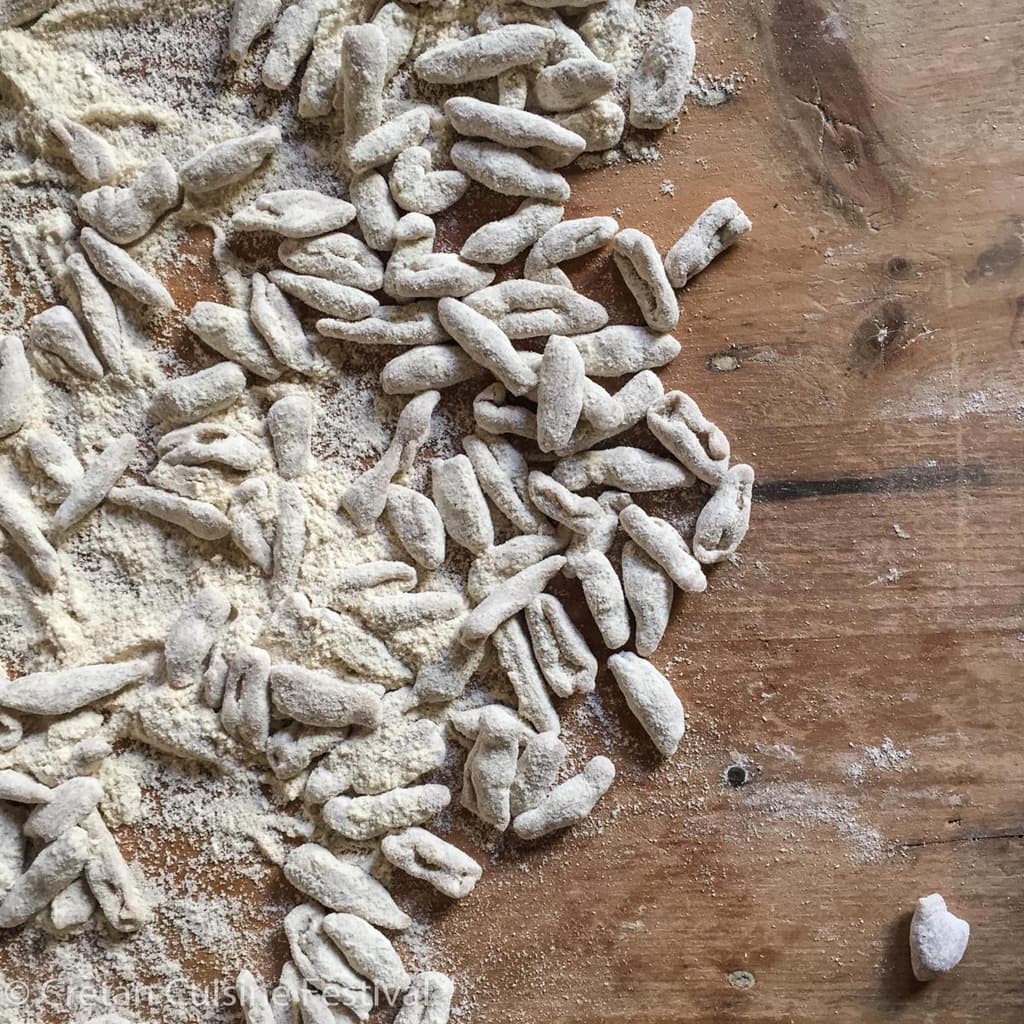
Skioufichta Macarounia
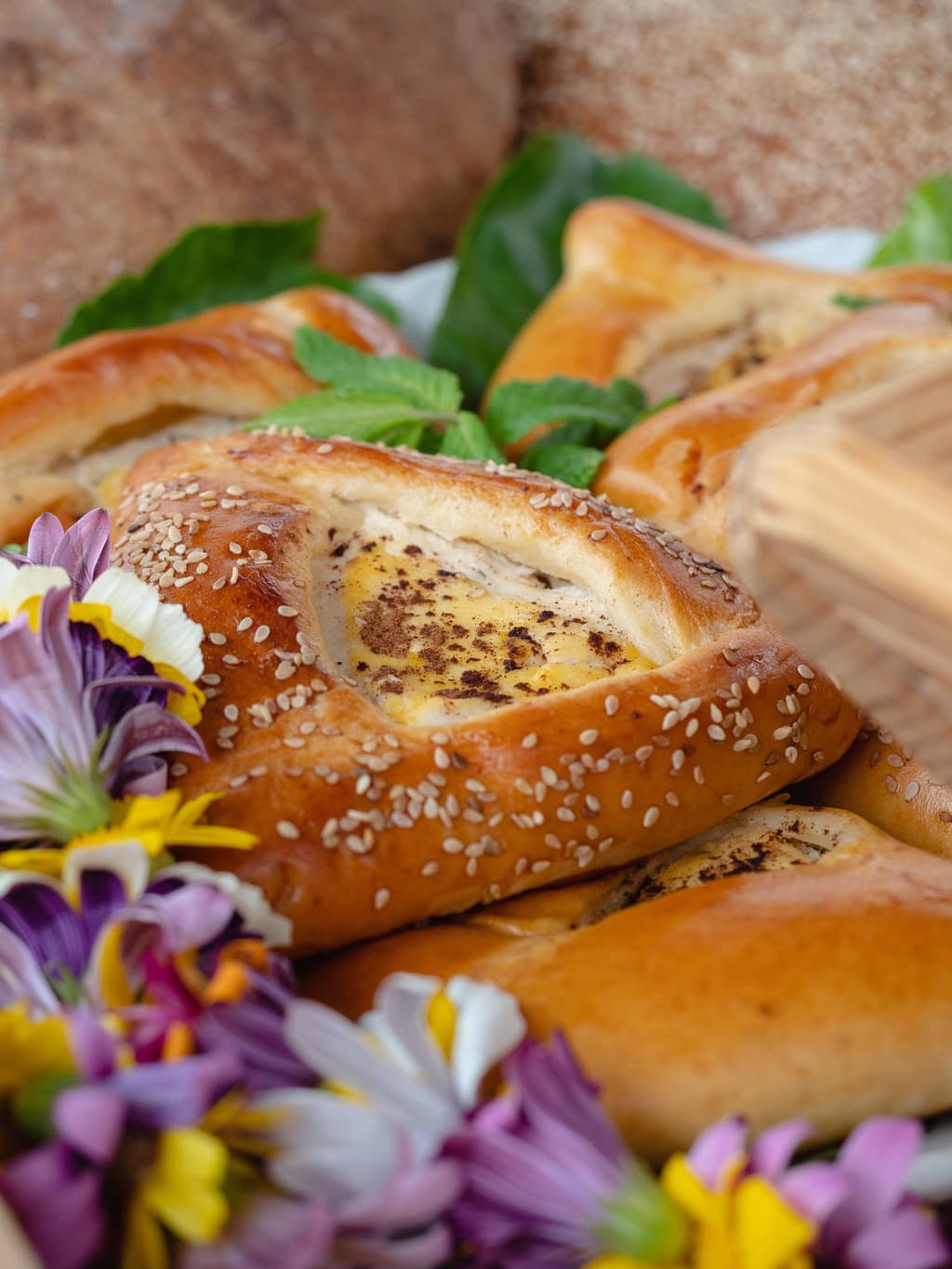
Anevata Kalitsounia
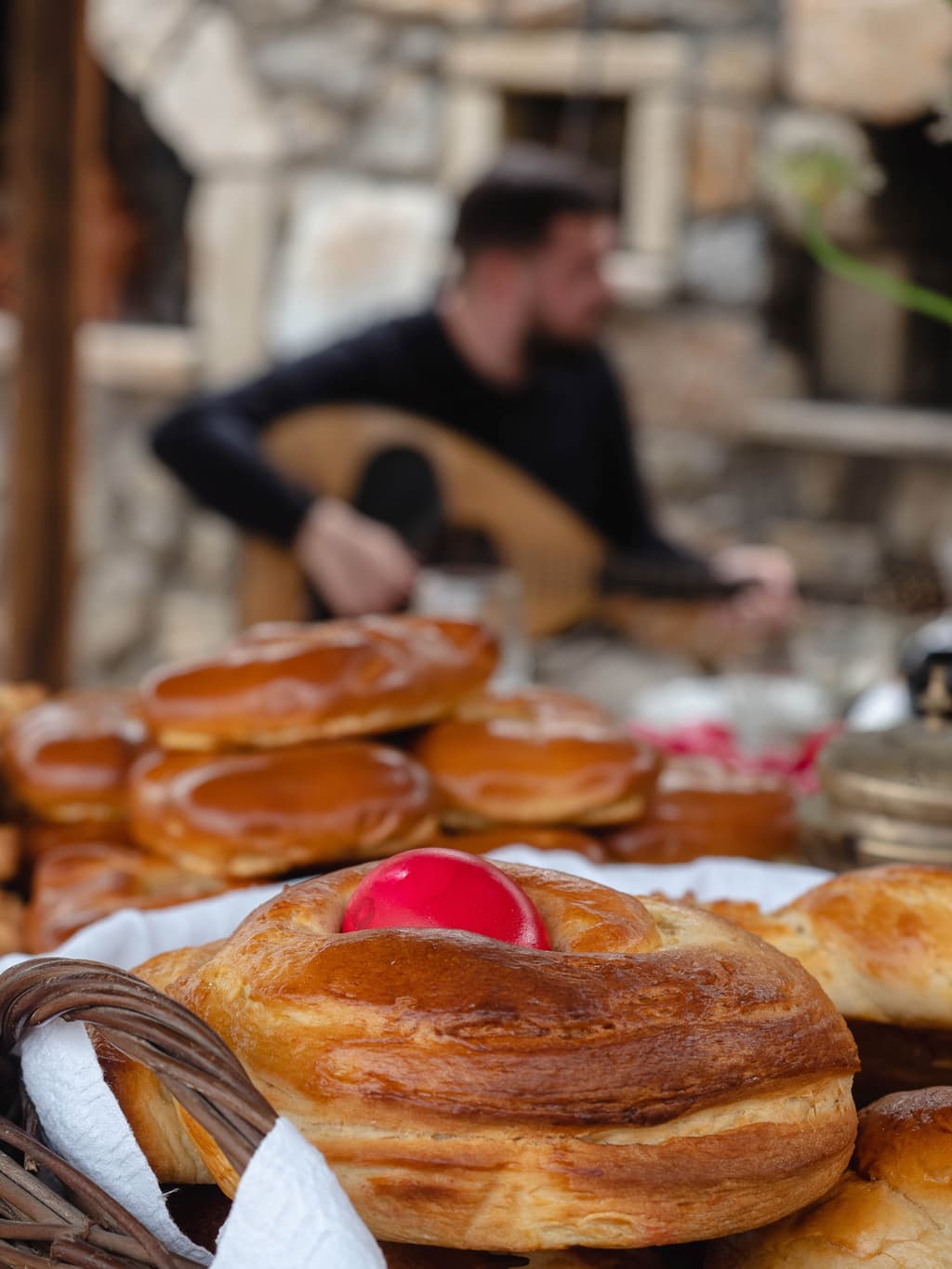
Galatera

Sykomarides
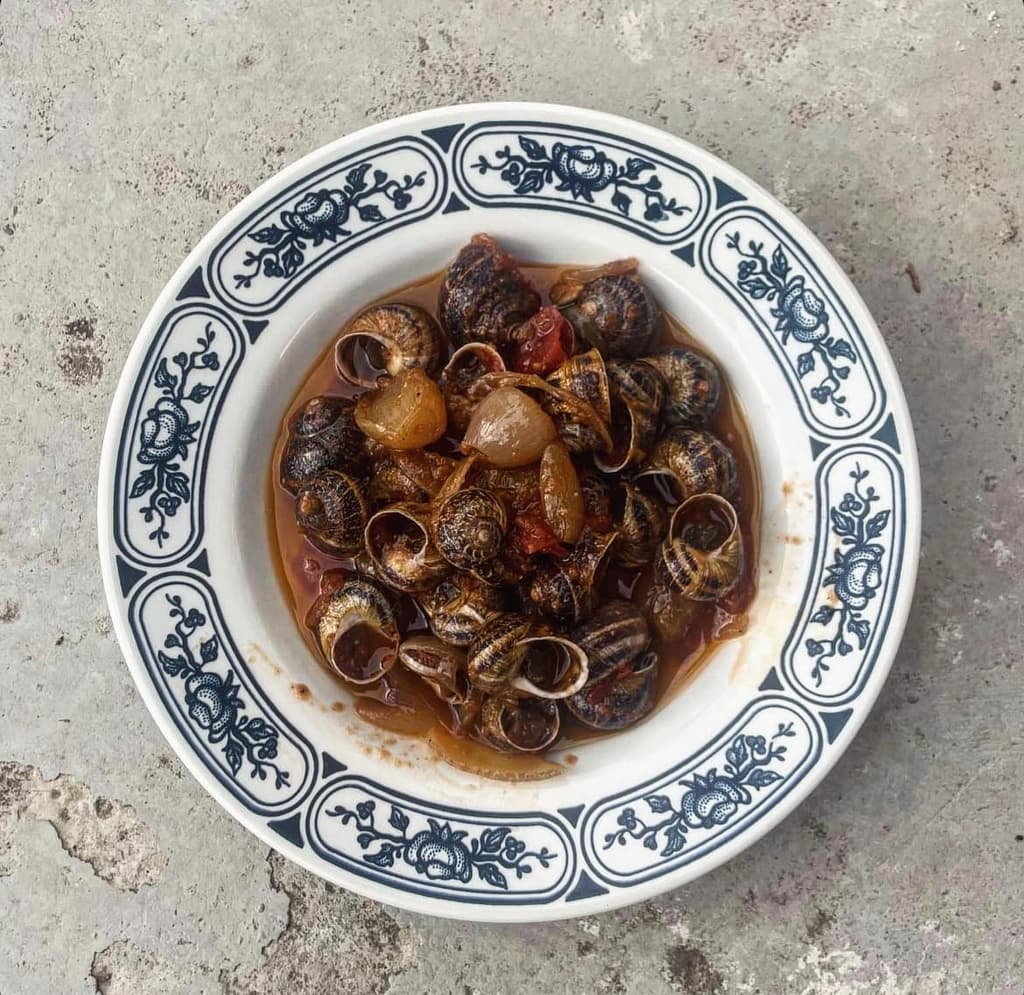
Snails Stifado
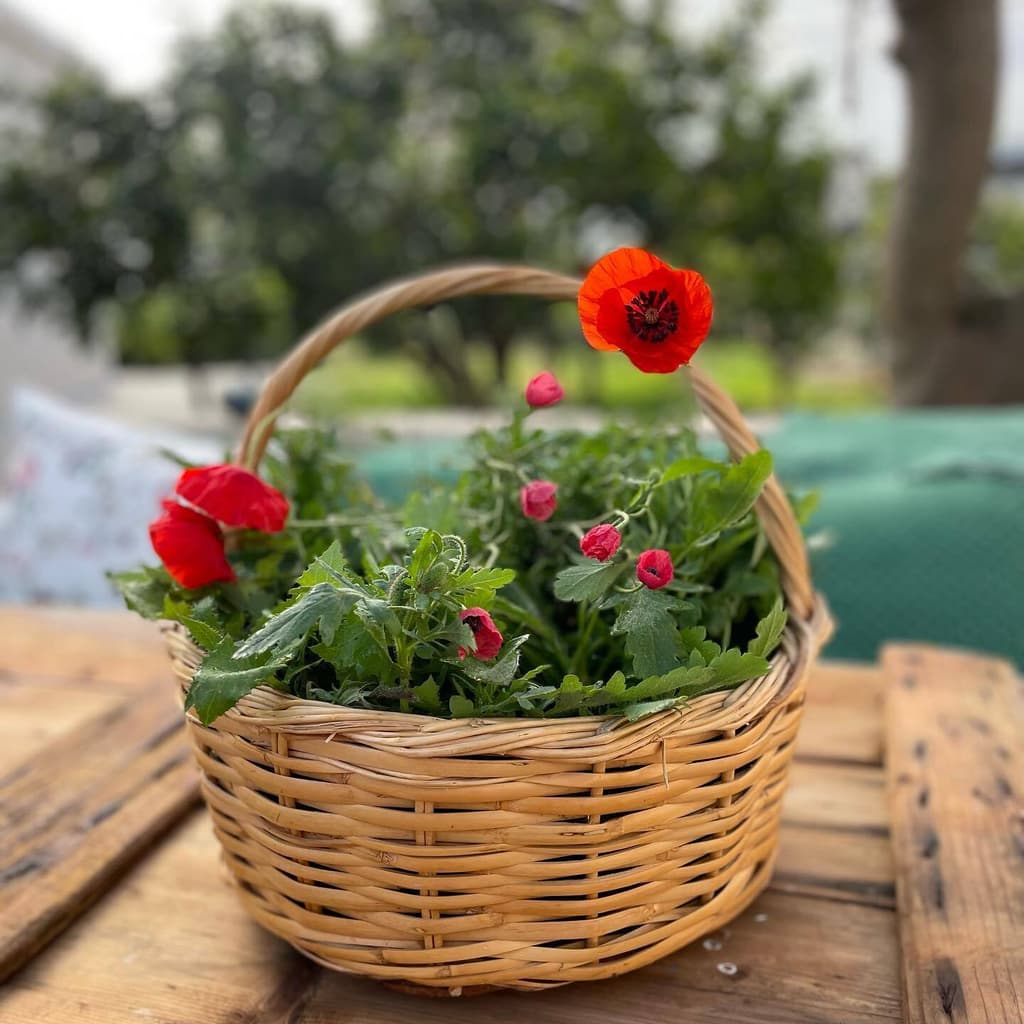
Poppy Pies (Paparounopites)

Beetroot Salad
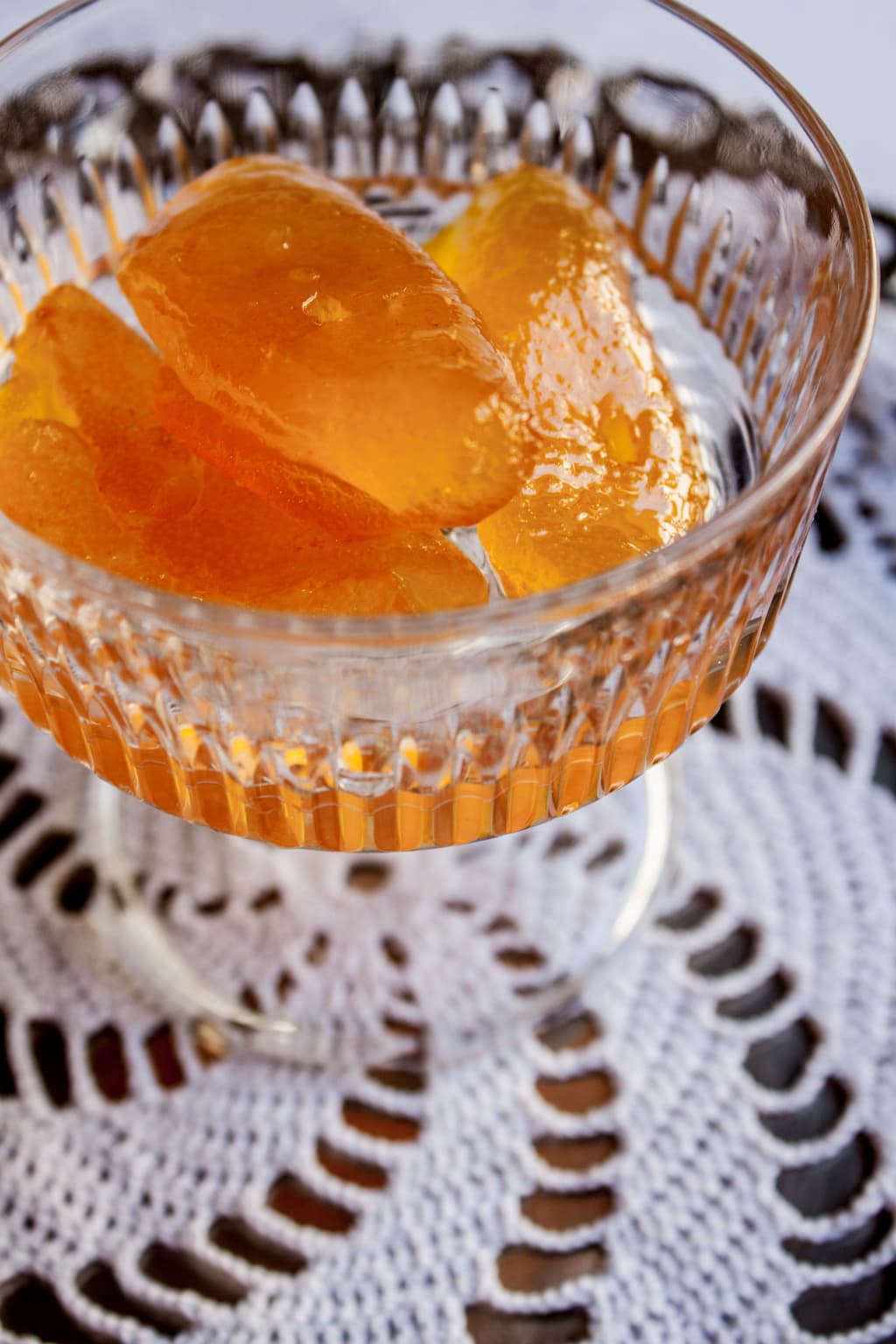
Bitter Orange Spoon Sweet (Nerantzi)
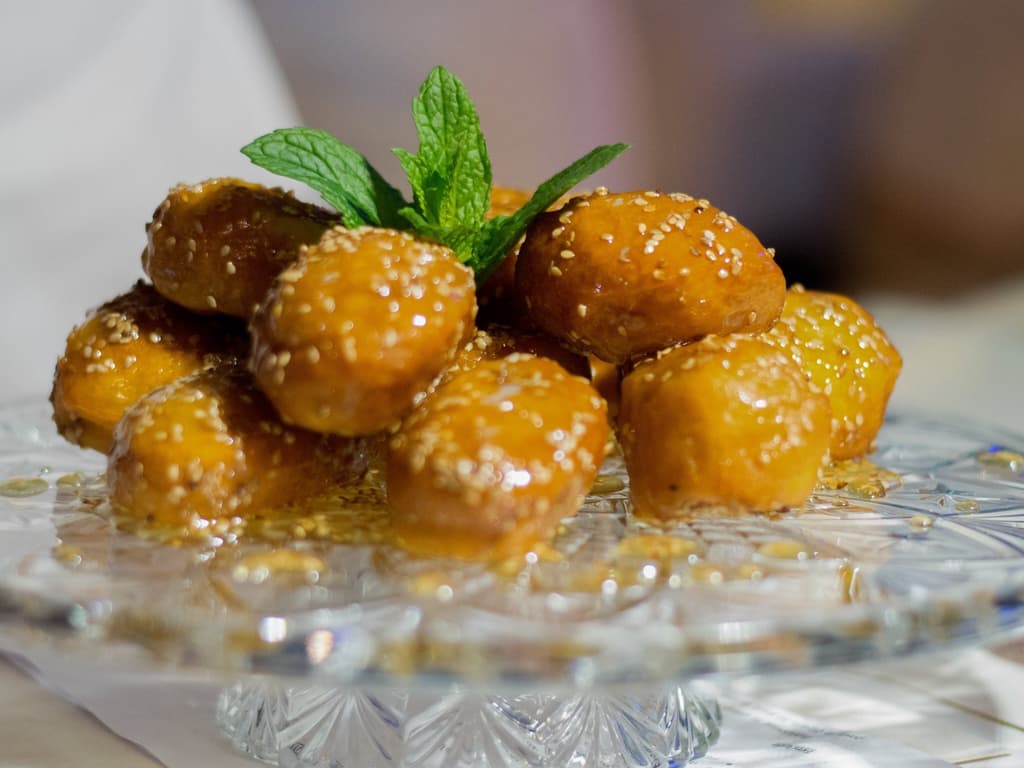
Loukoumia or Koubania

Fasouloryzo
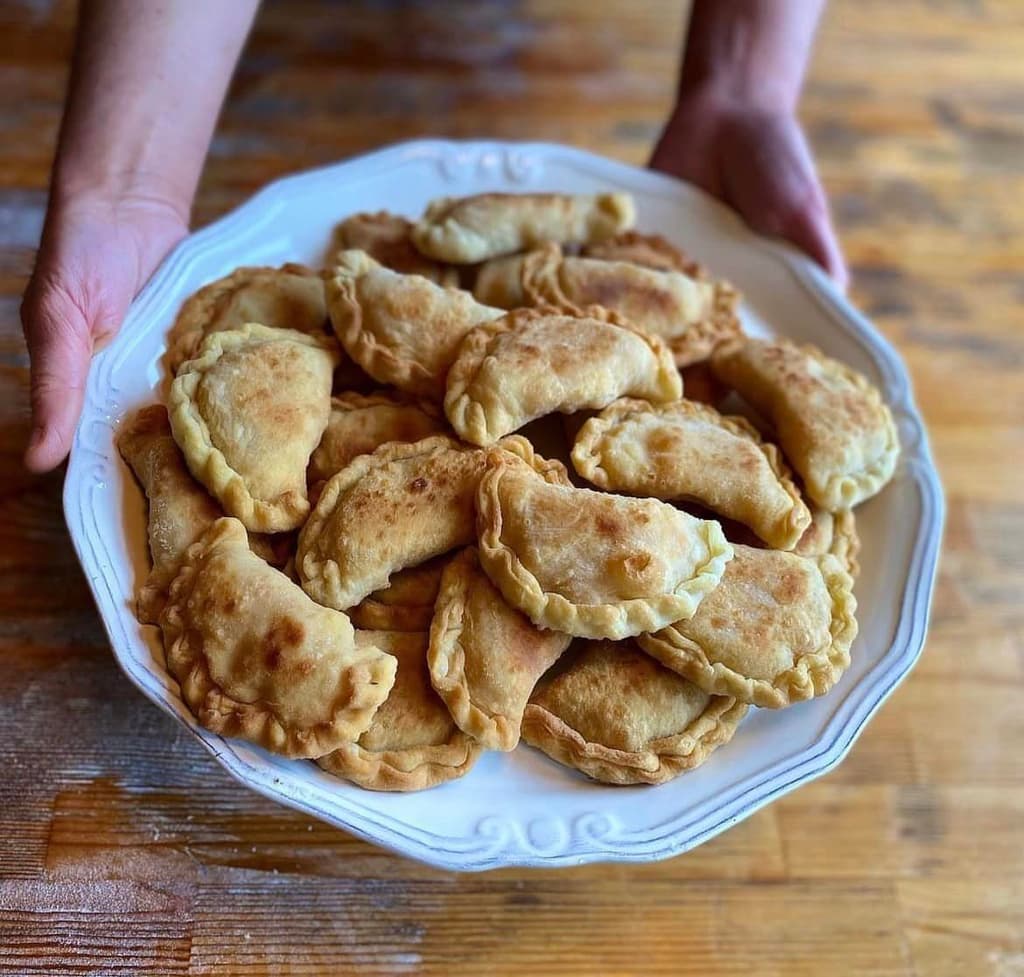
Pumpkin-Filled Pitarakia

Biza or Manarolia Stew with Eggplants
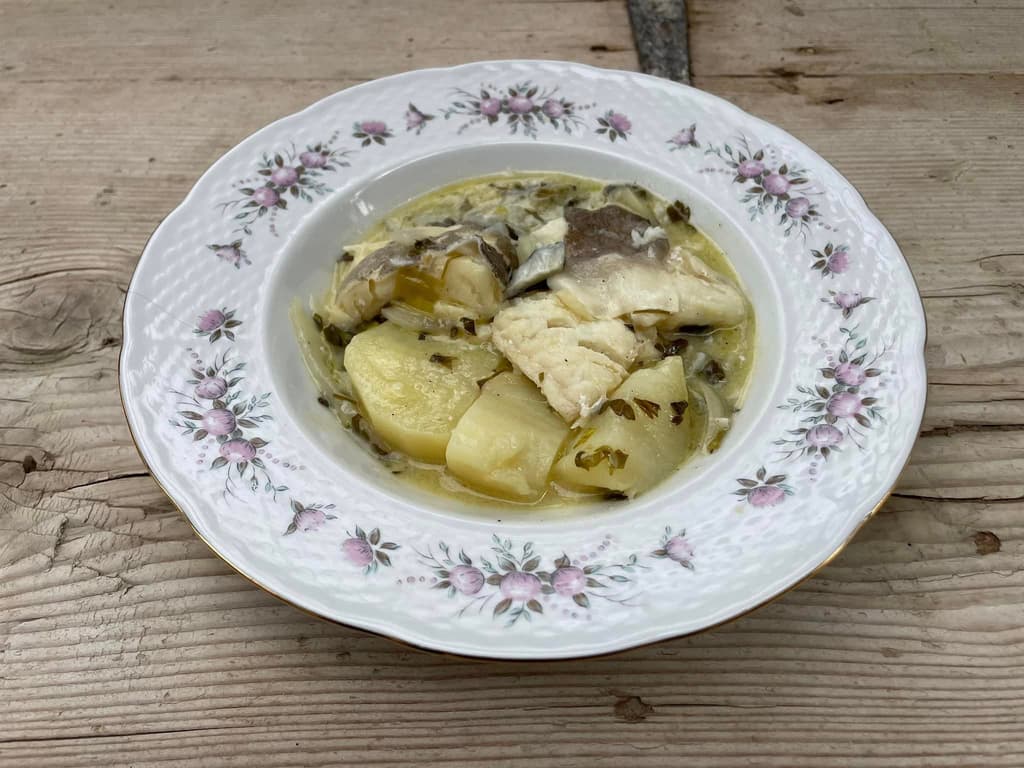
Salted Cod with Bitter Orange Sauce
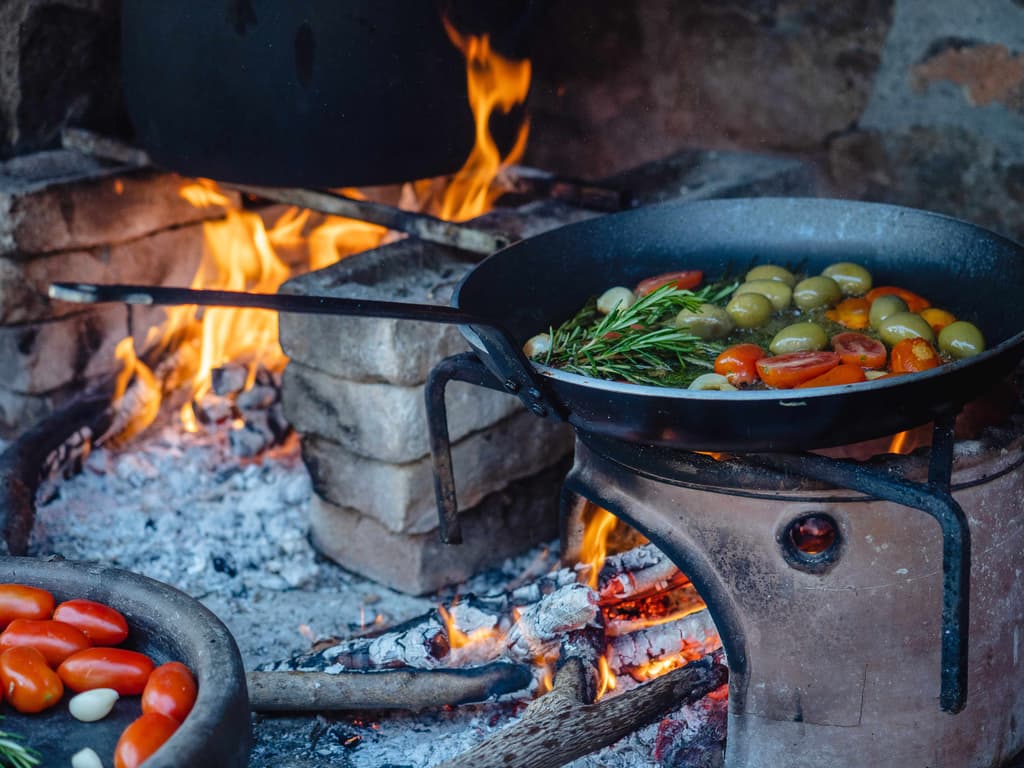
Sountrimades
